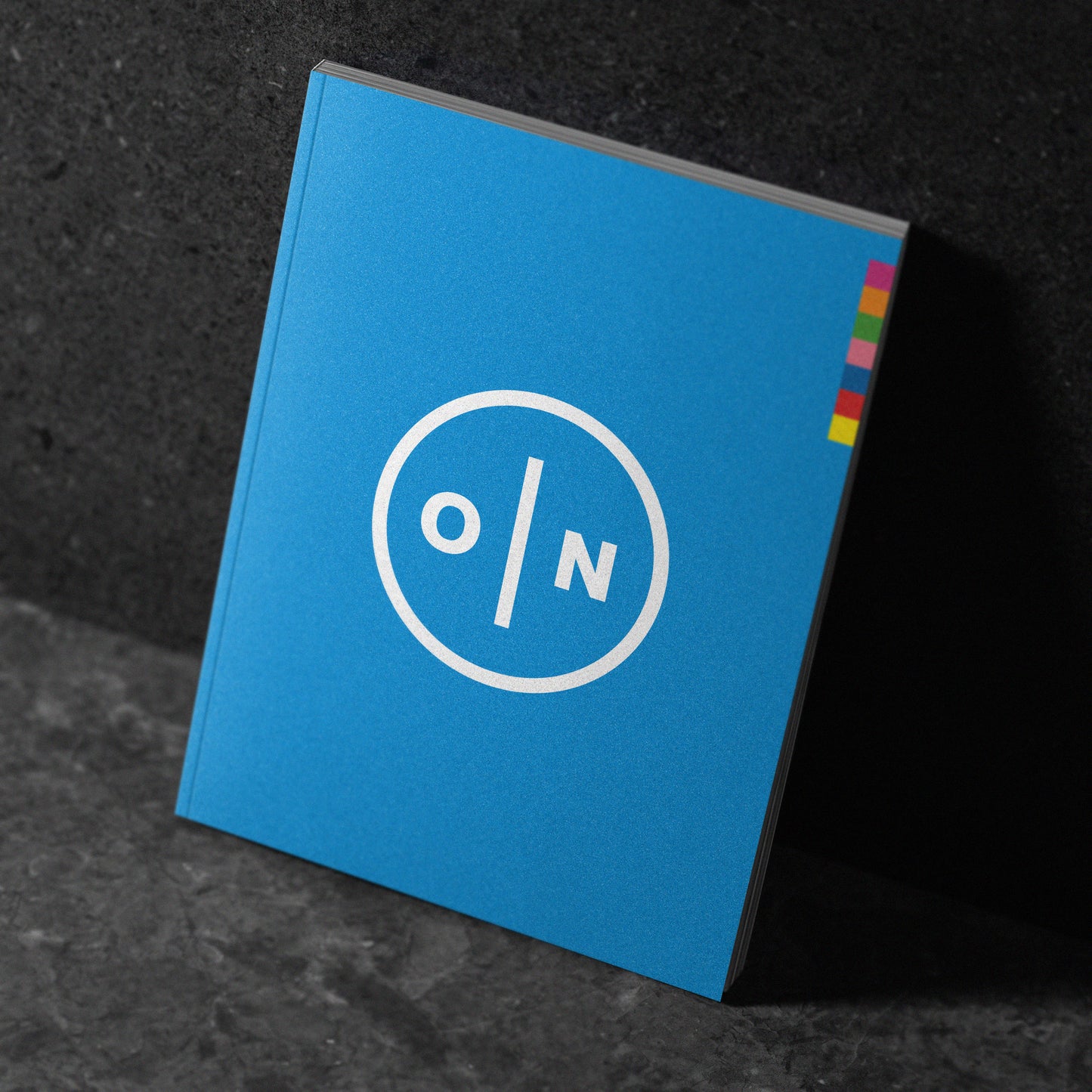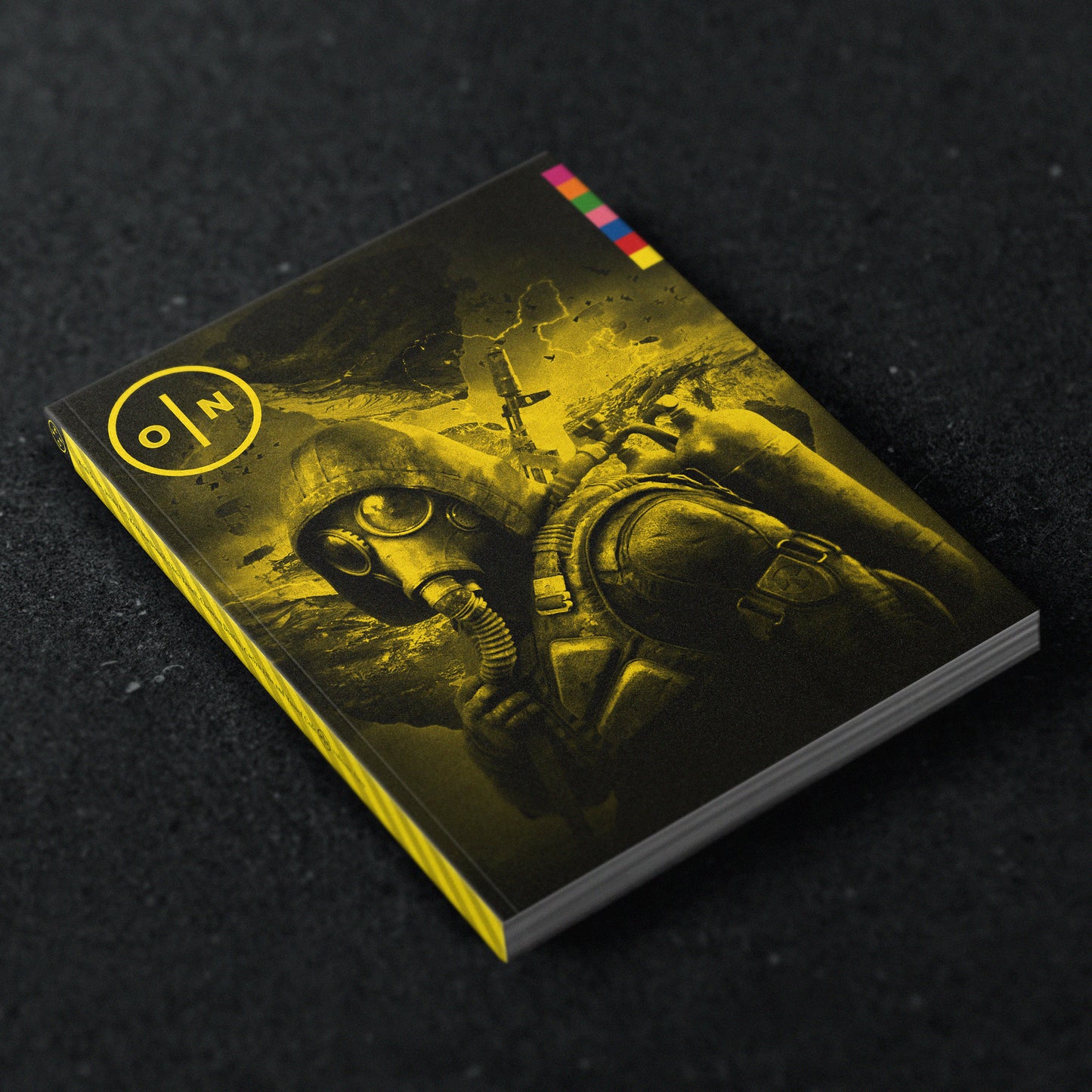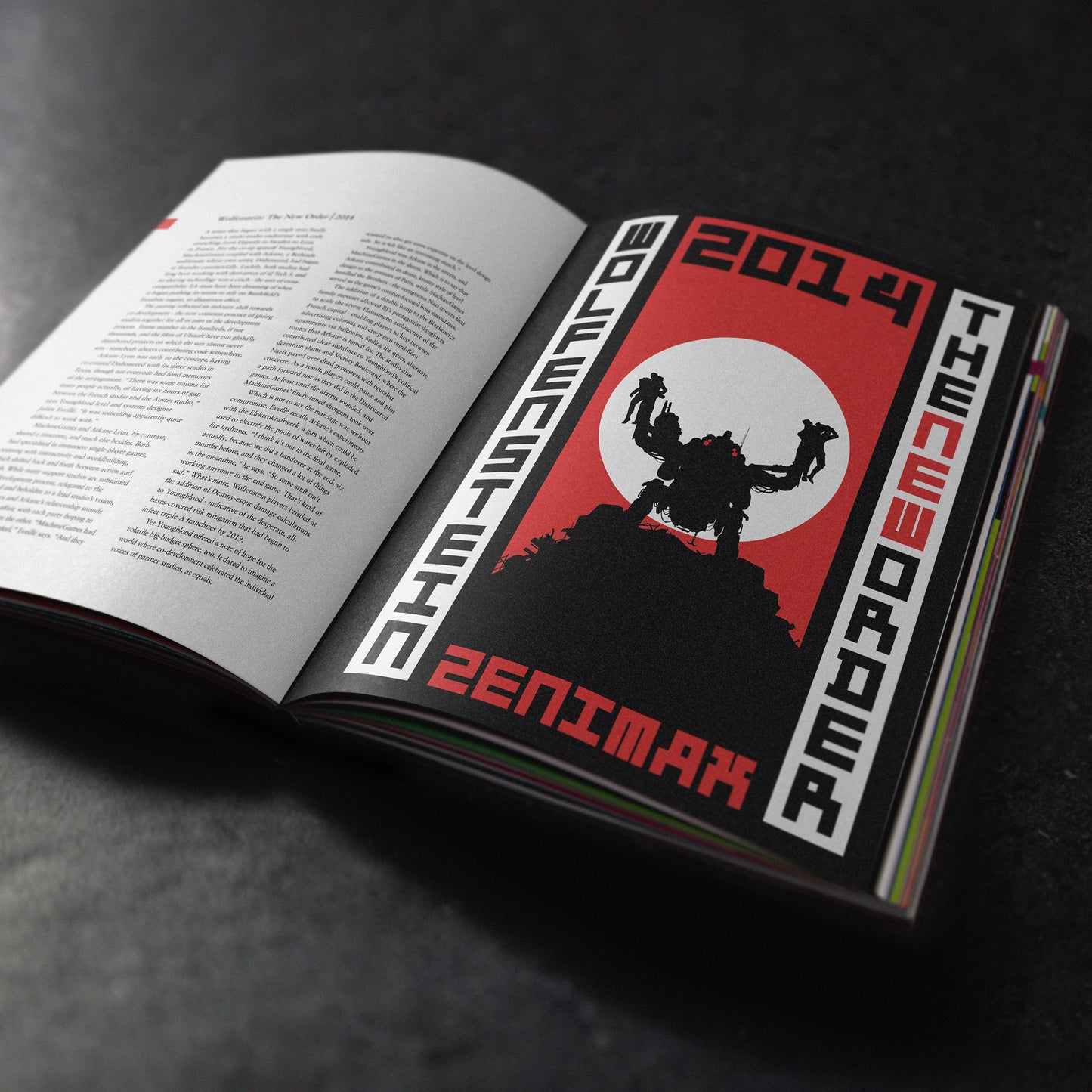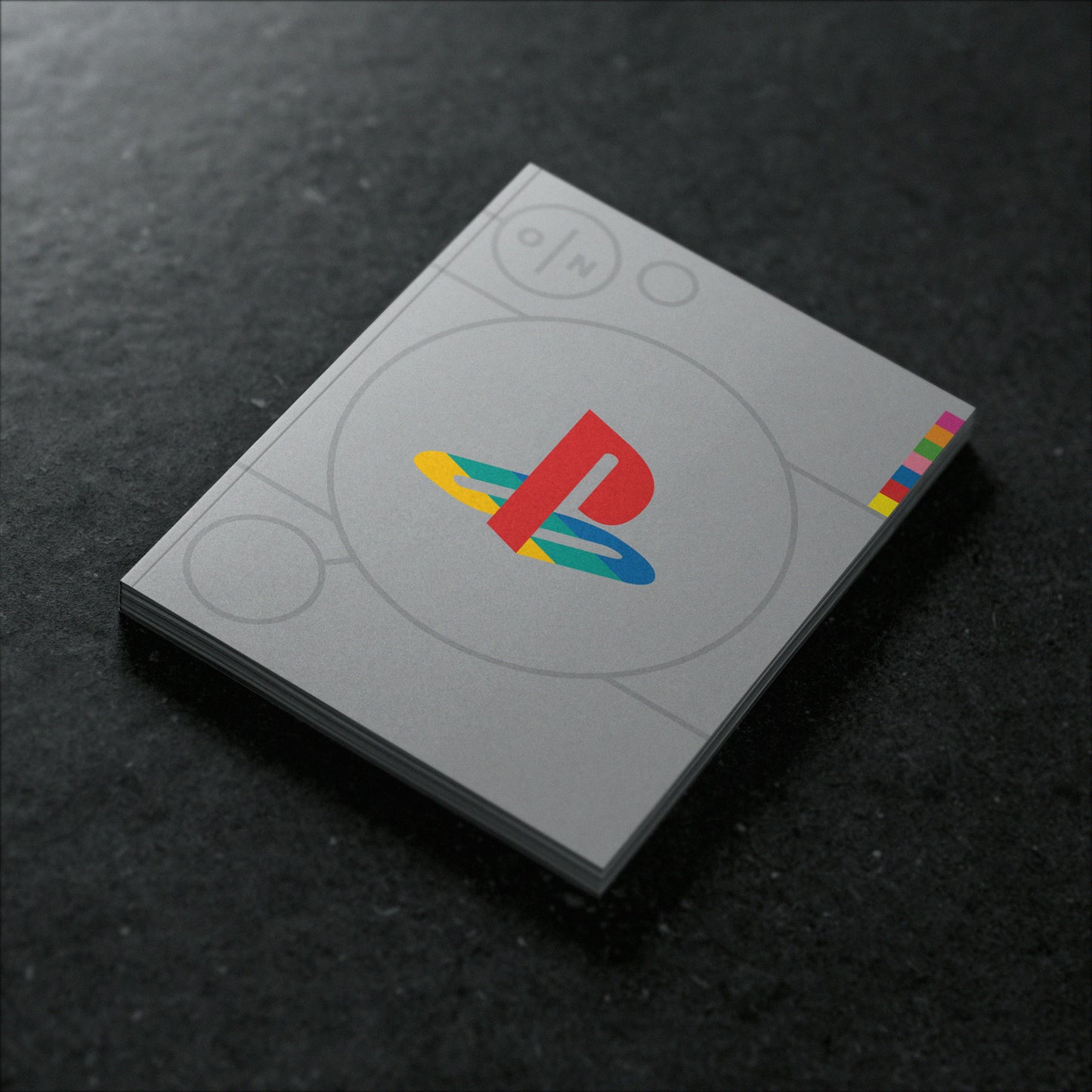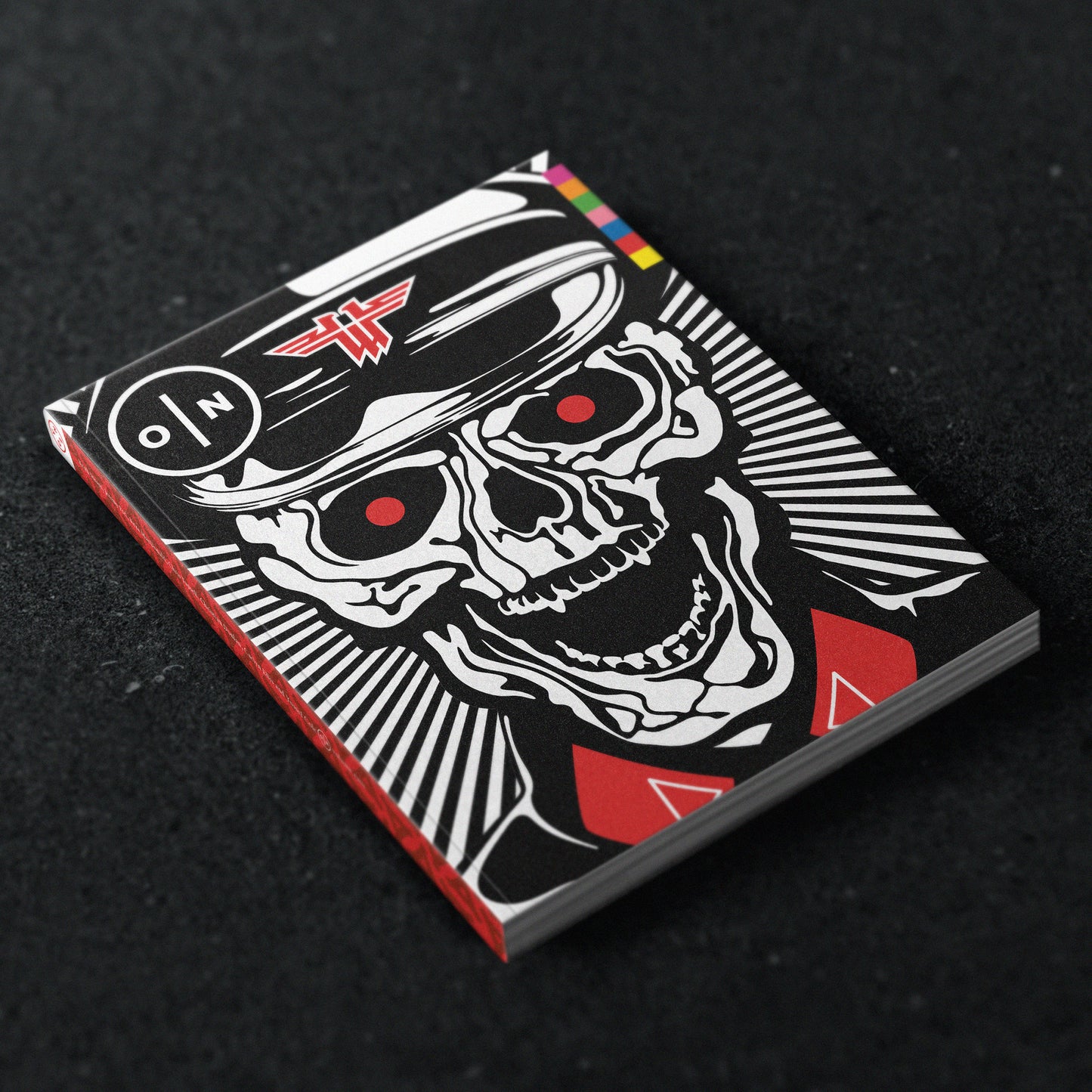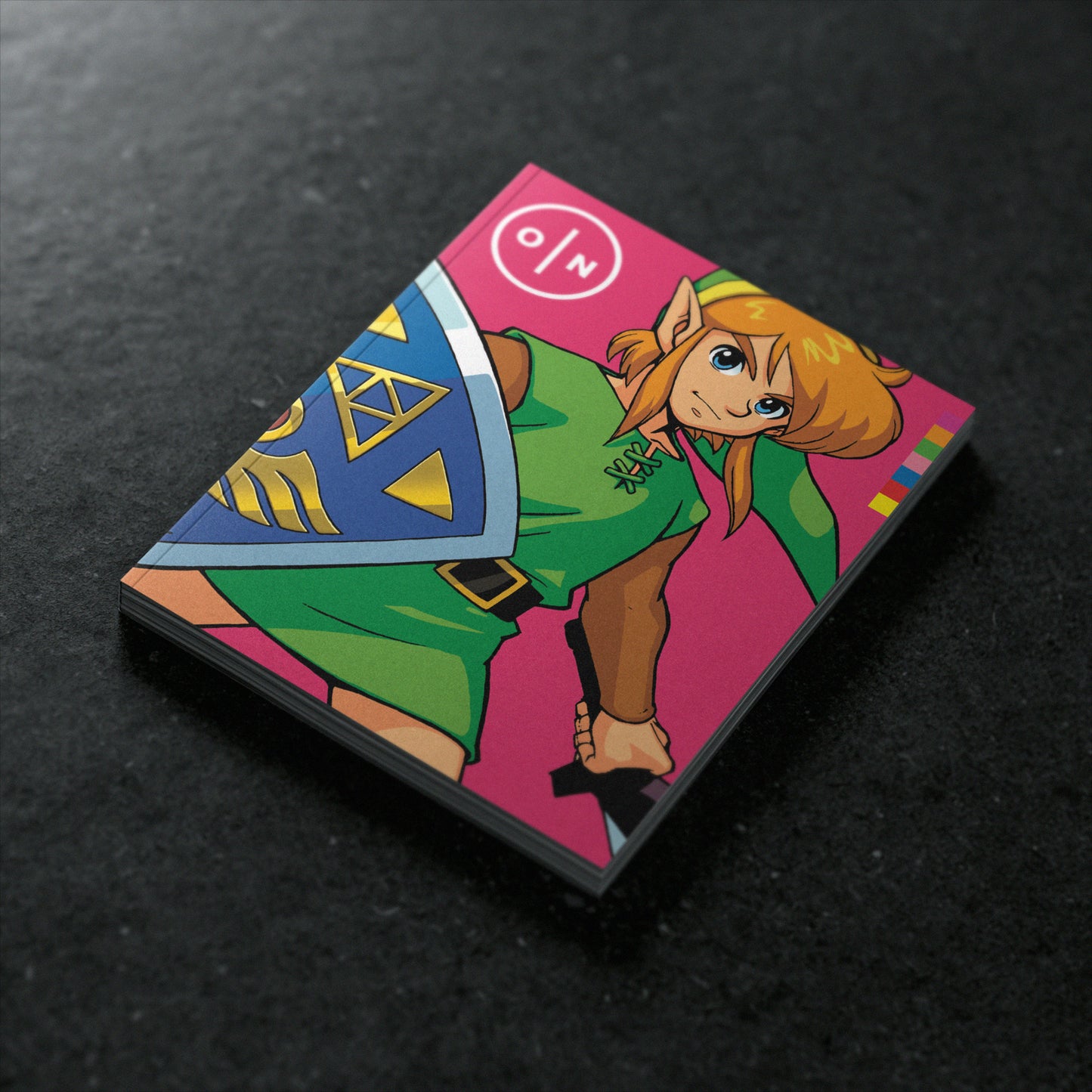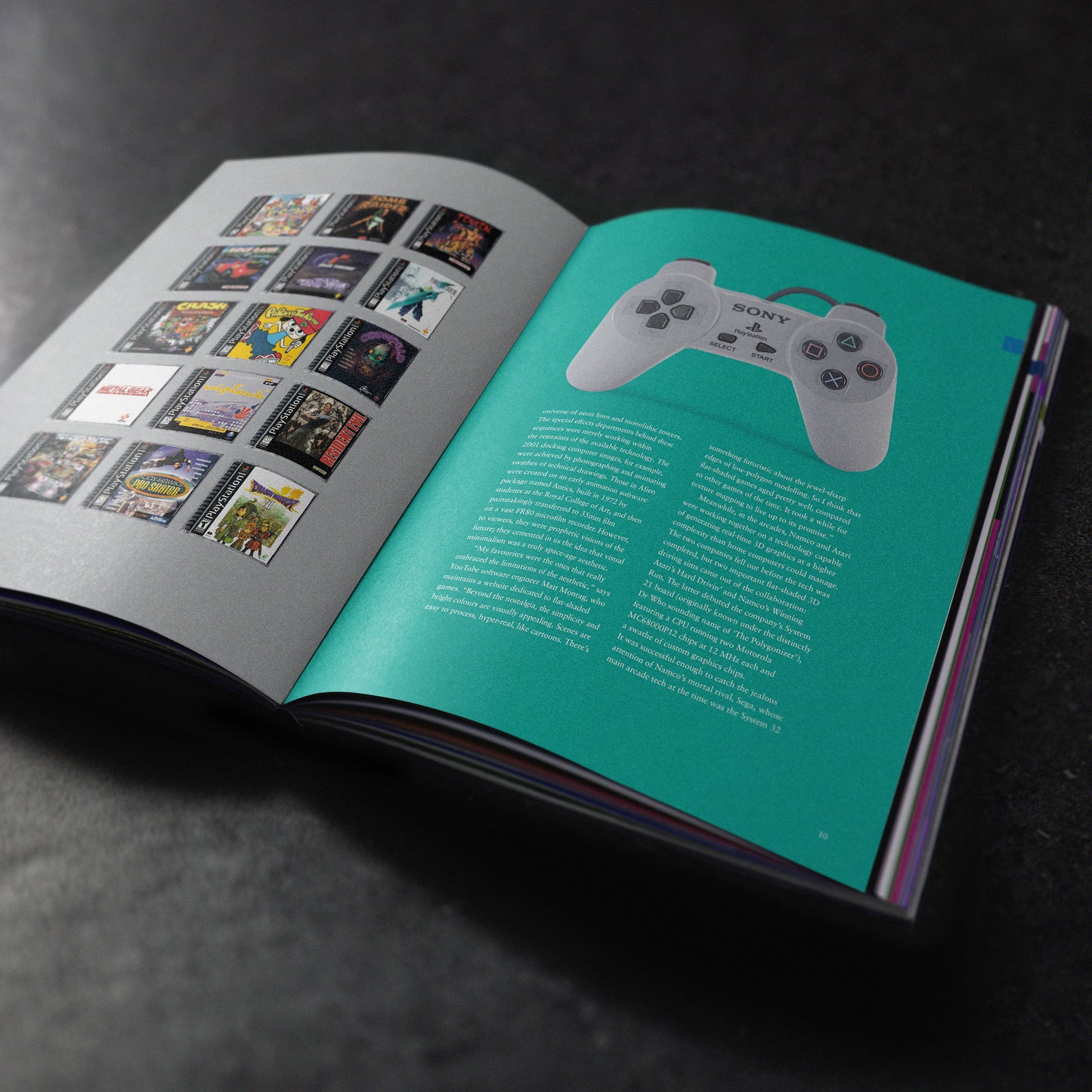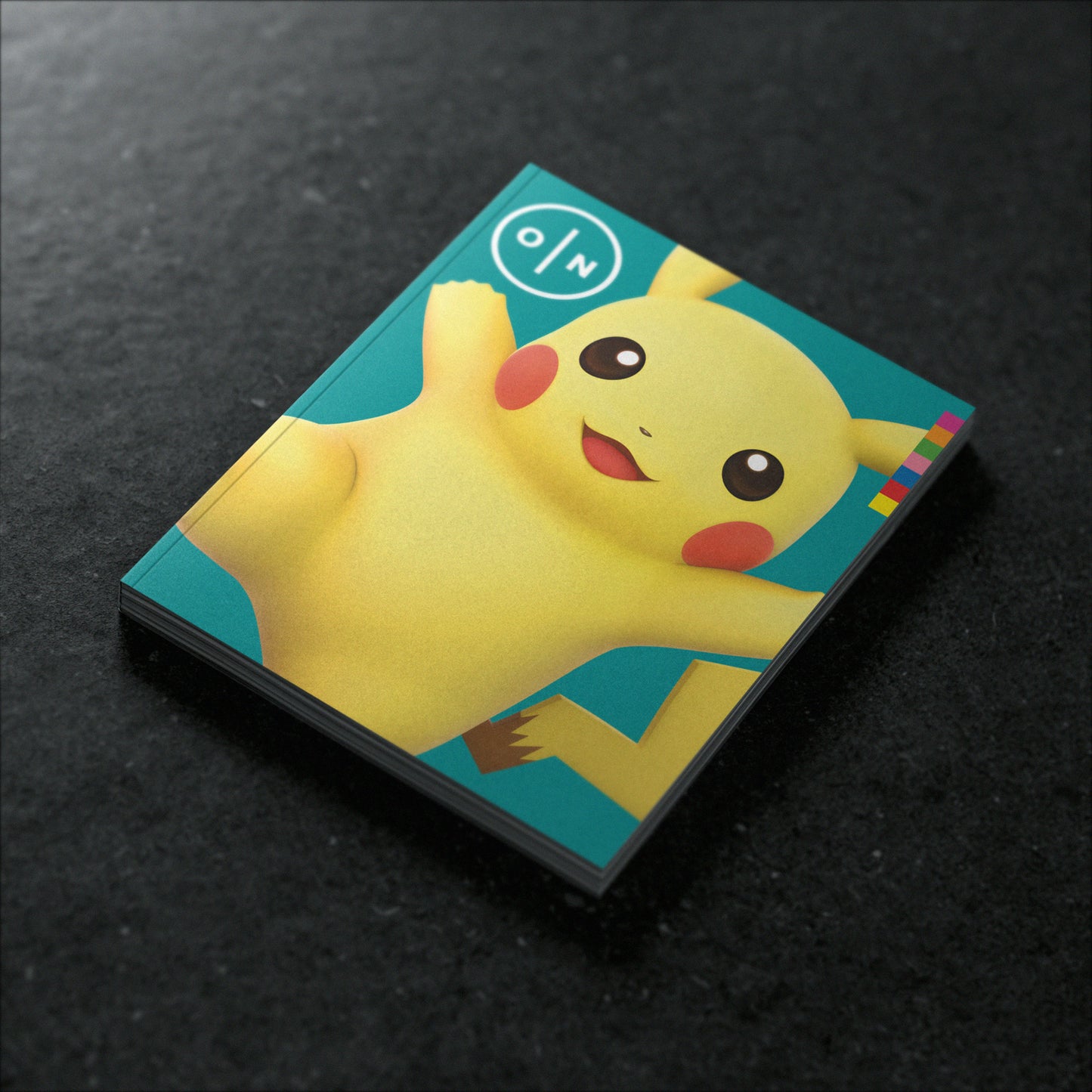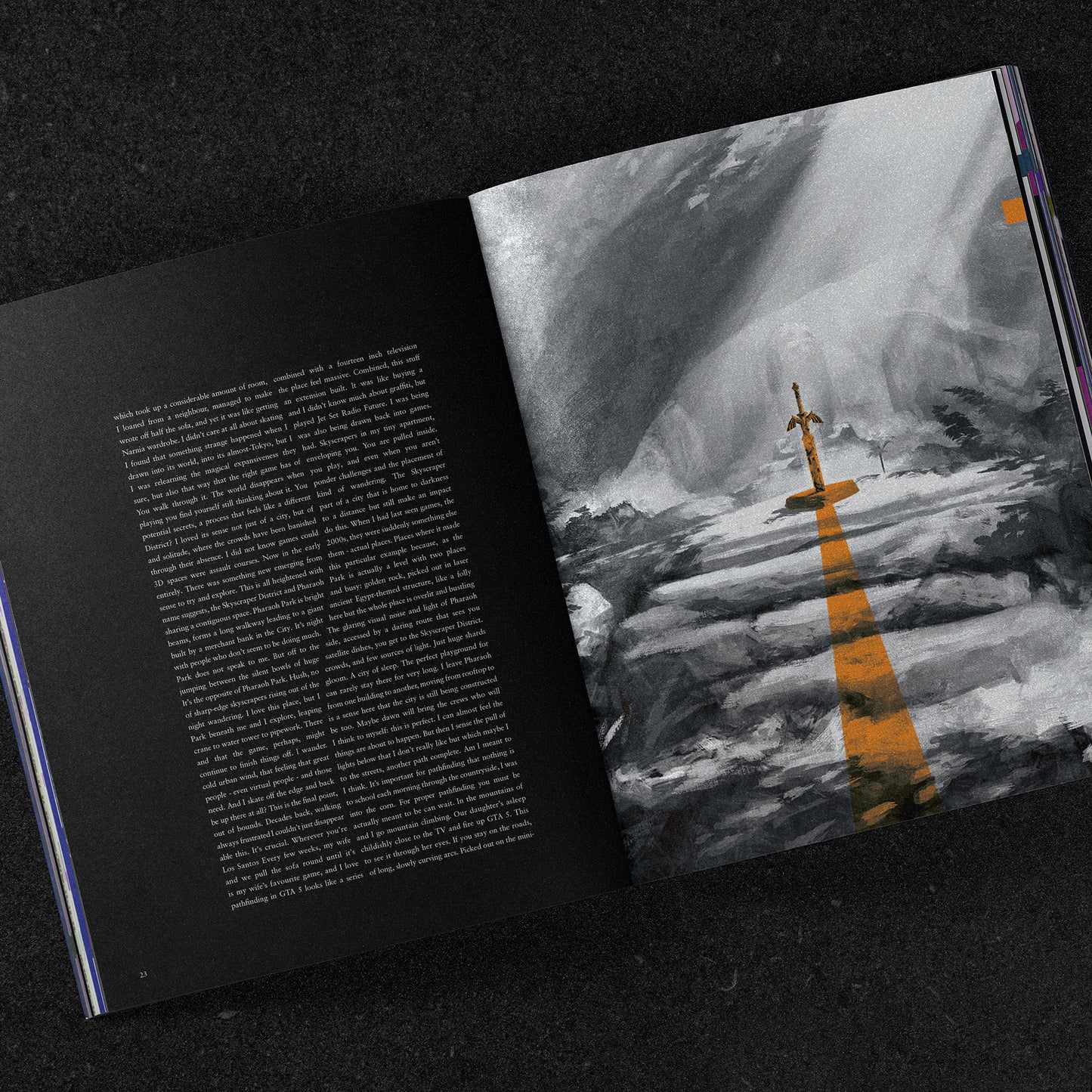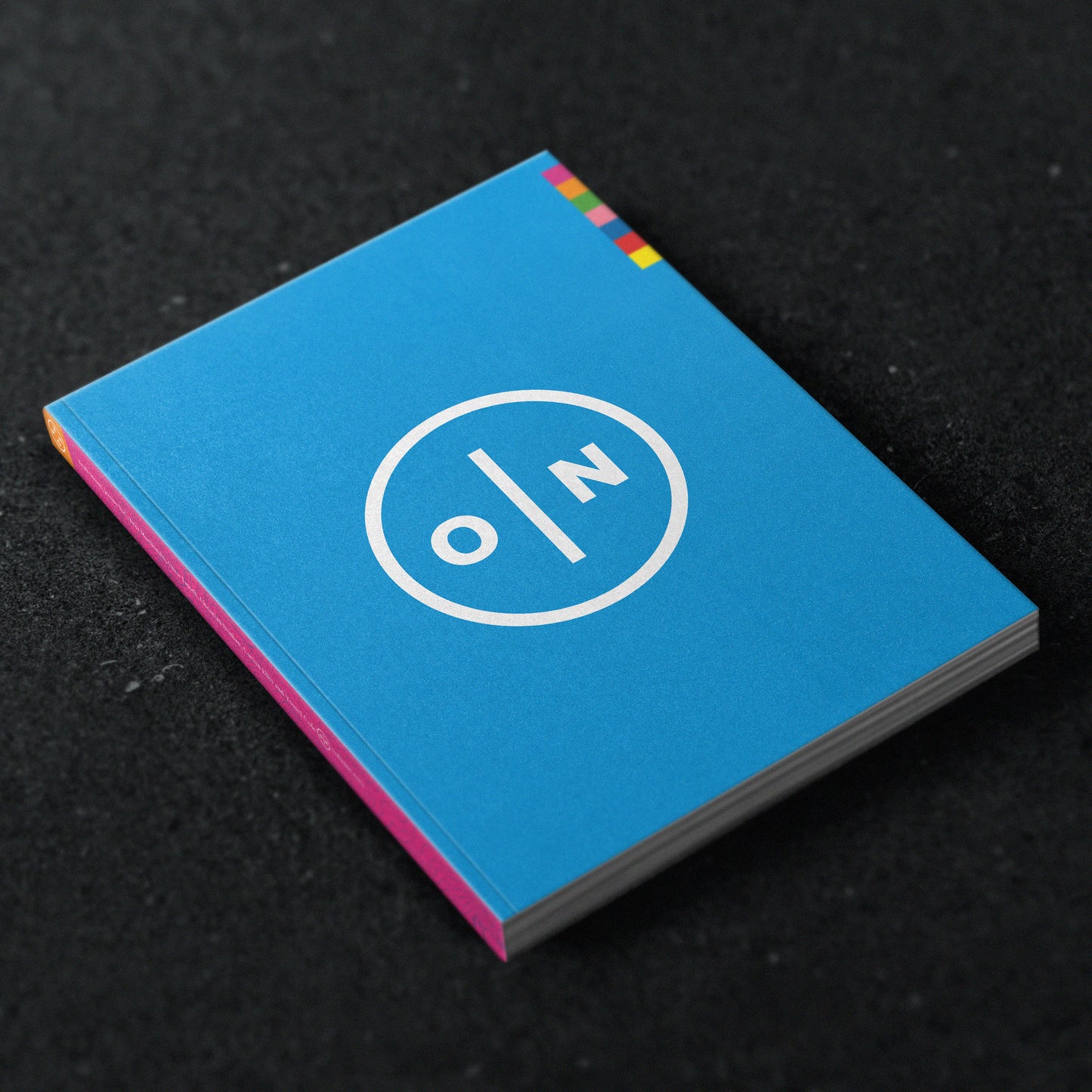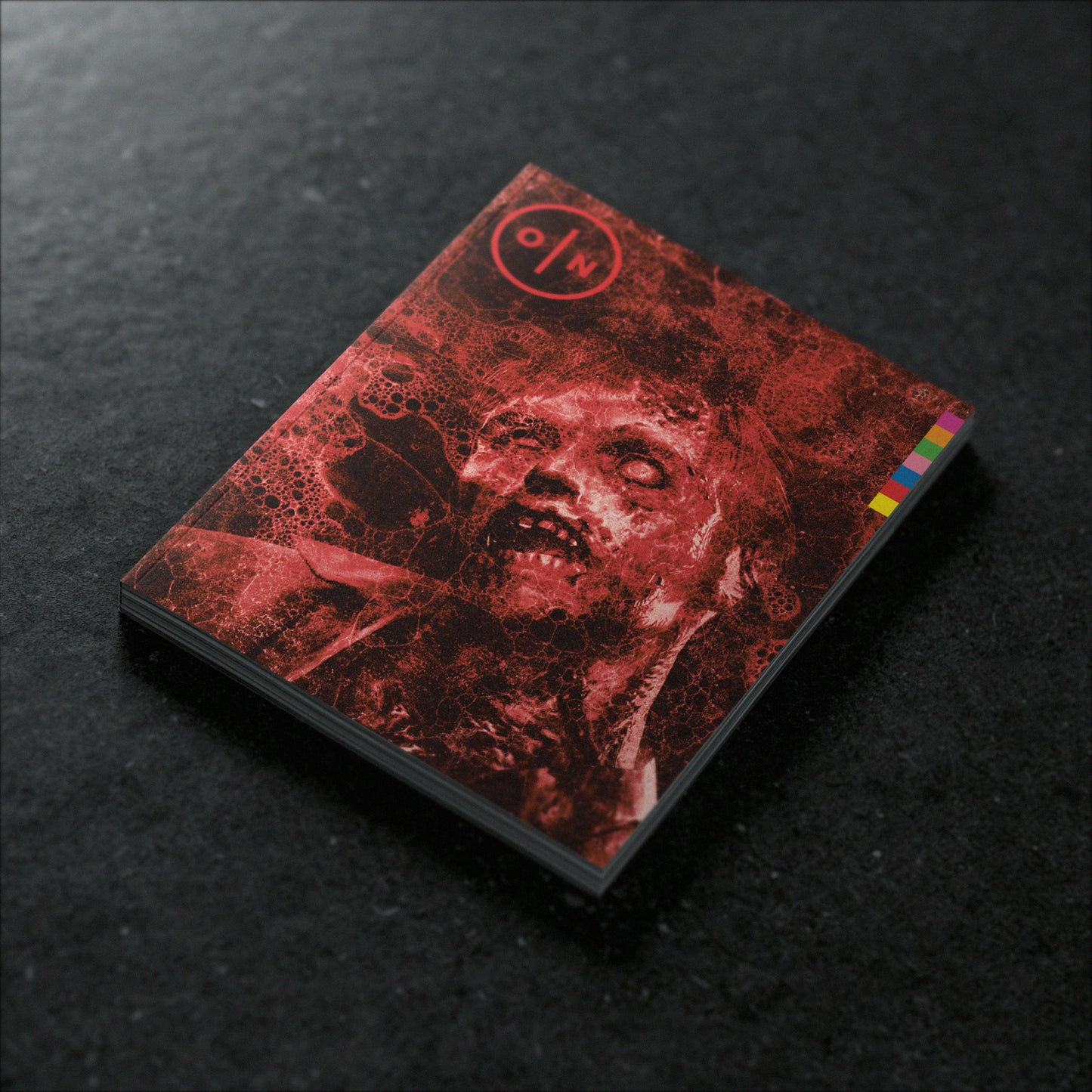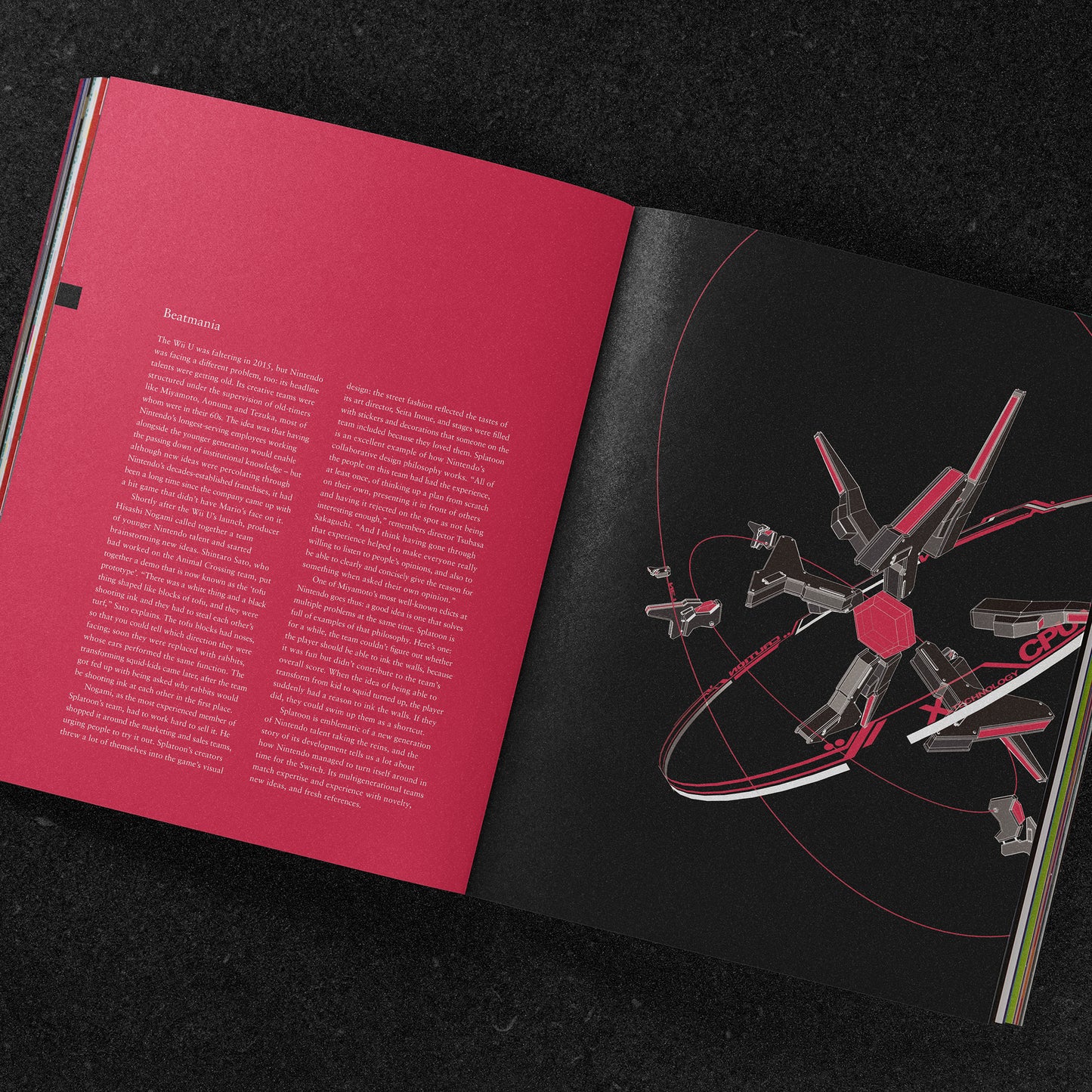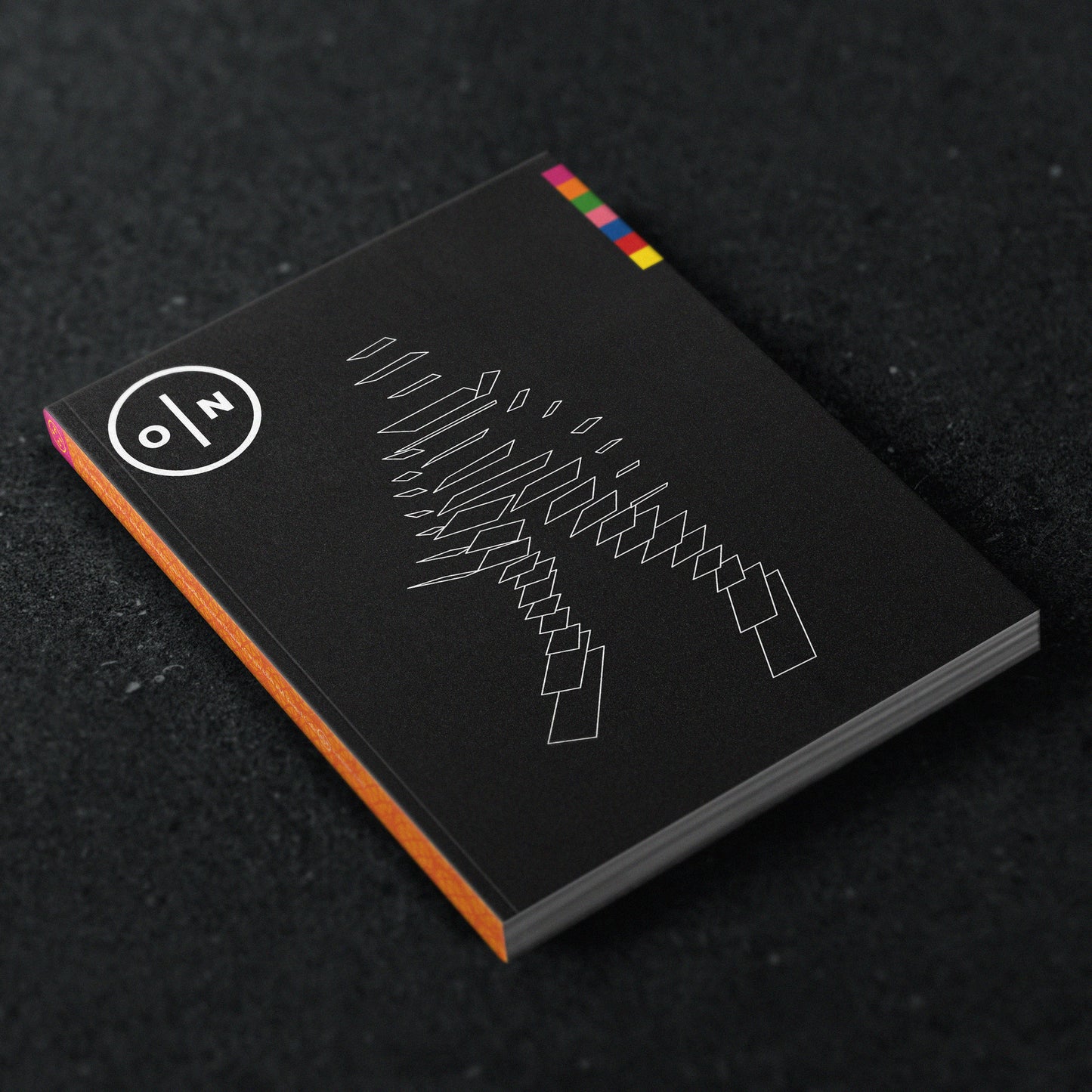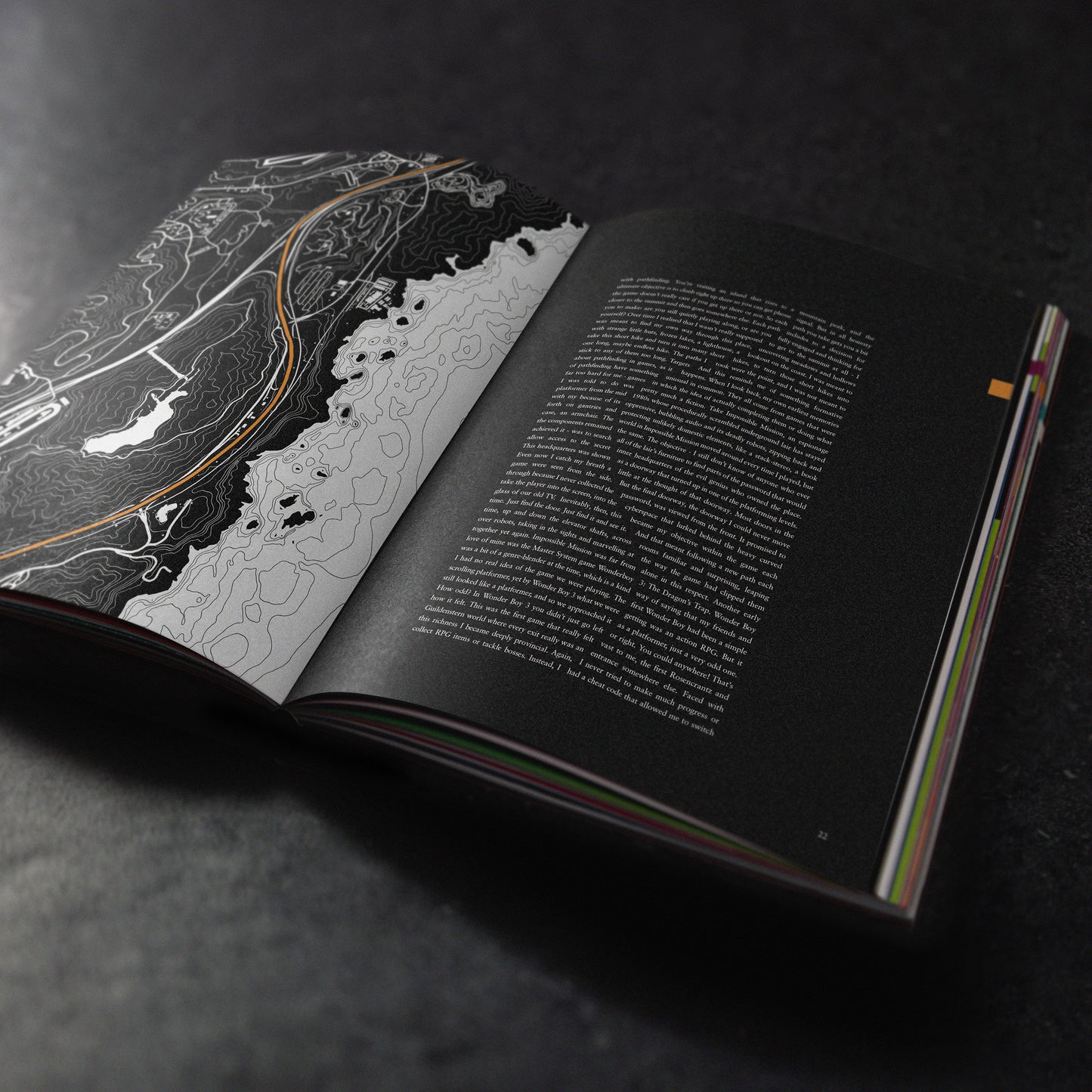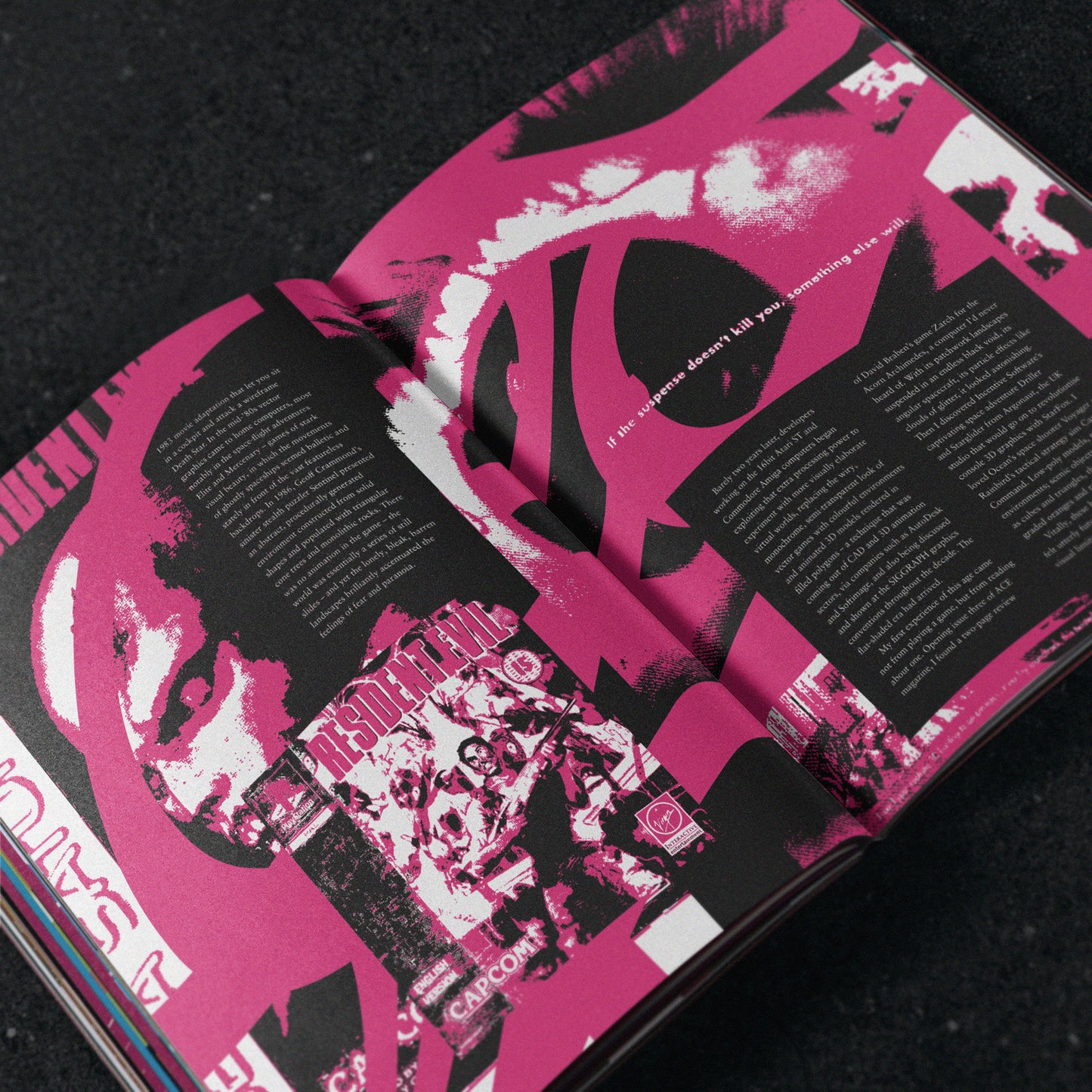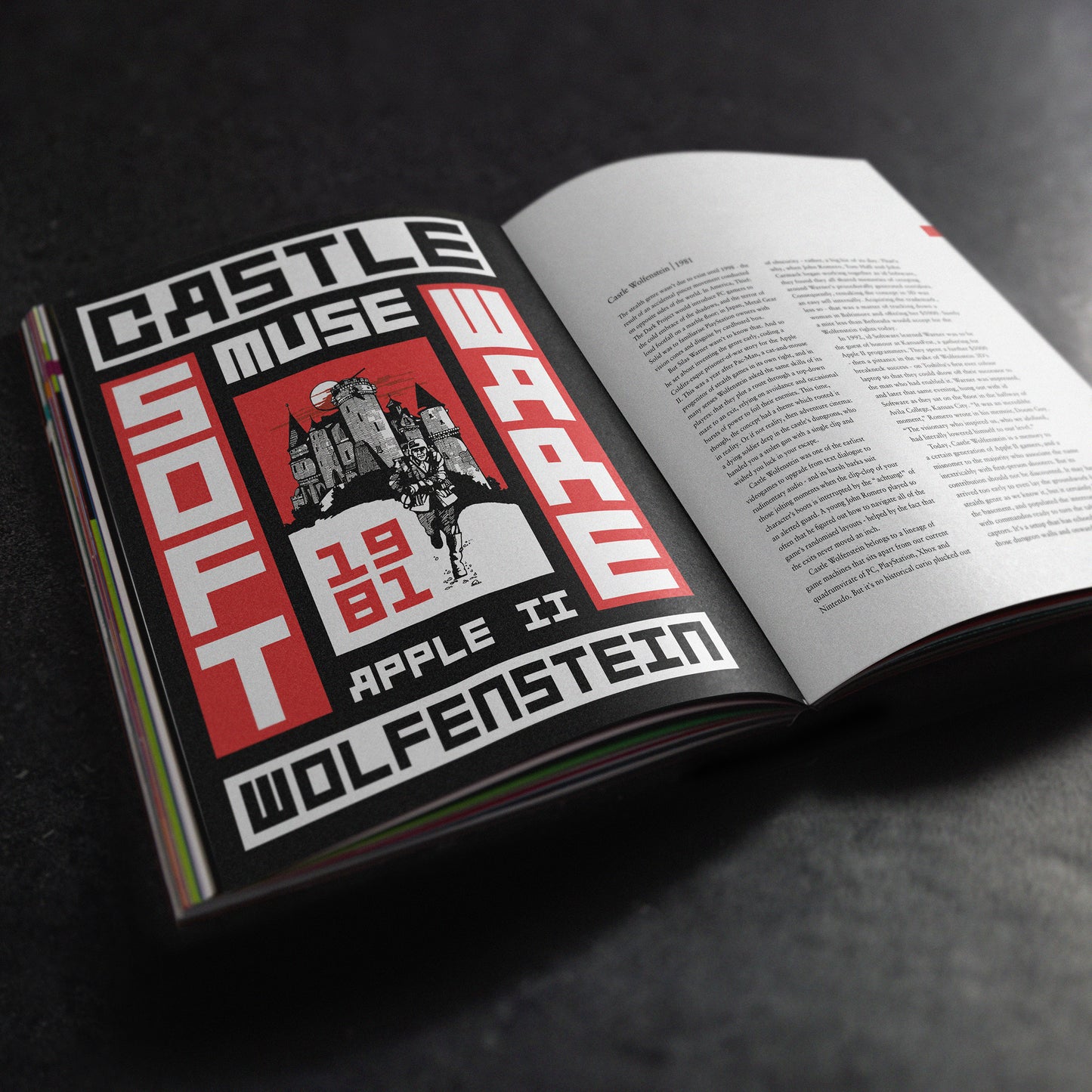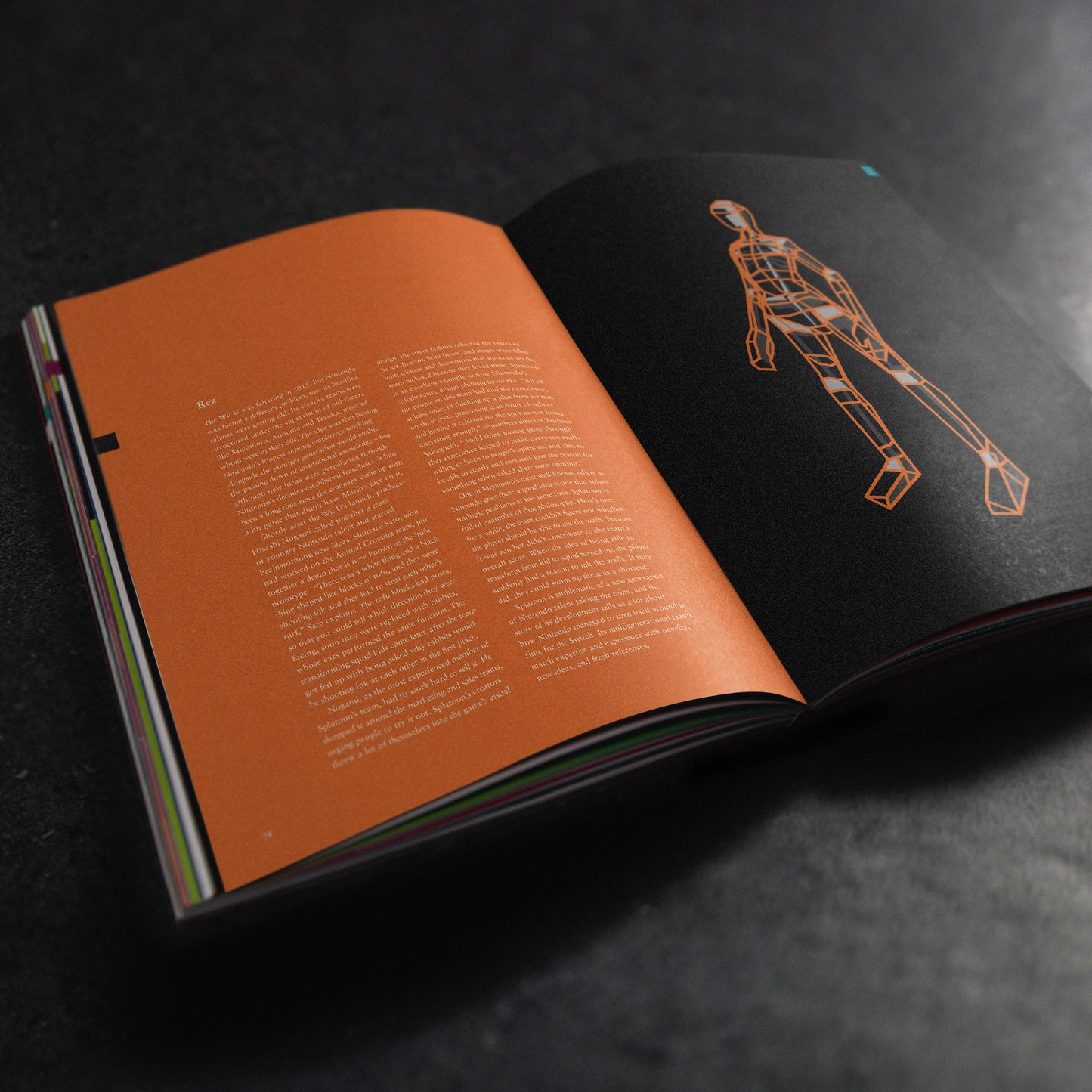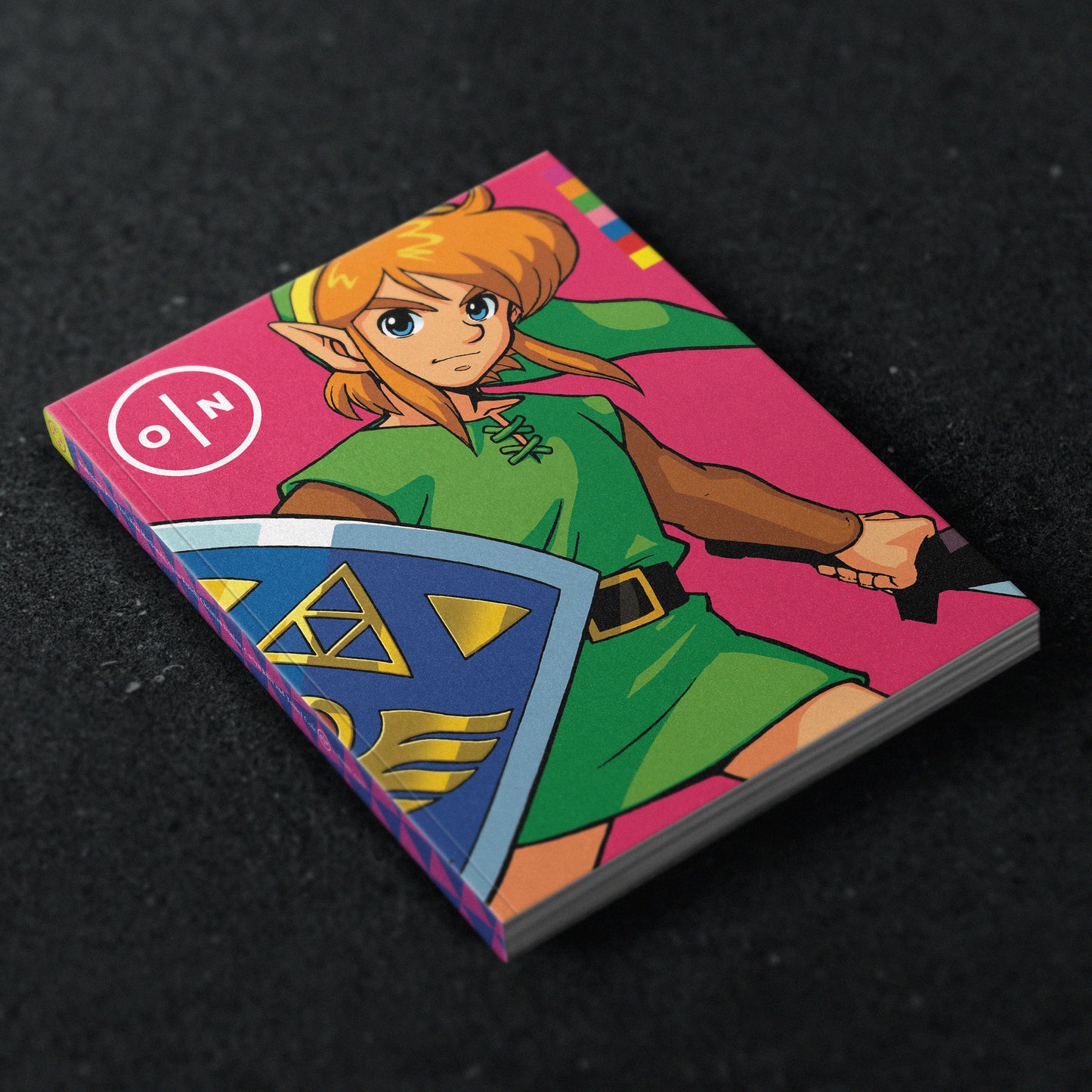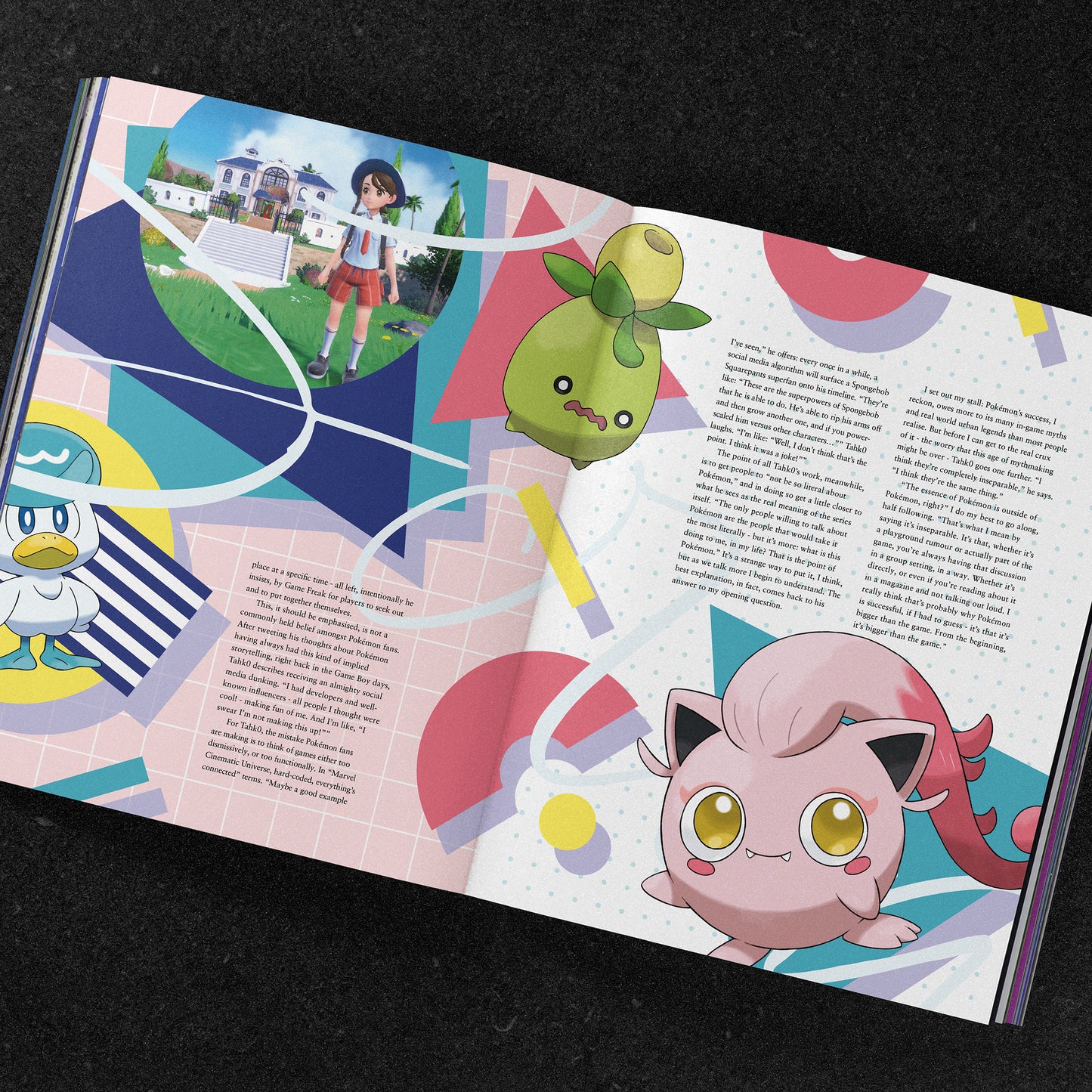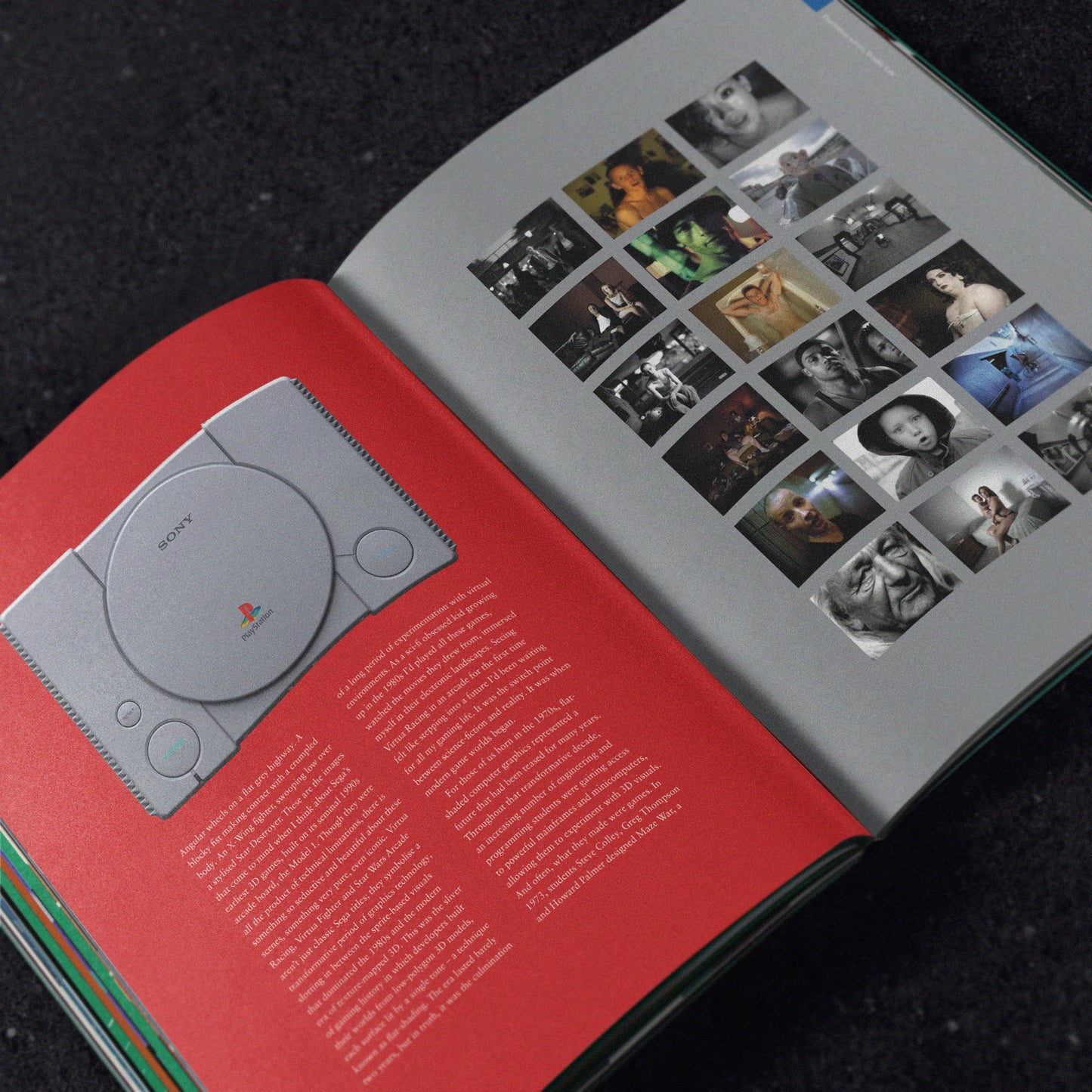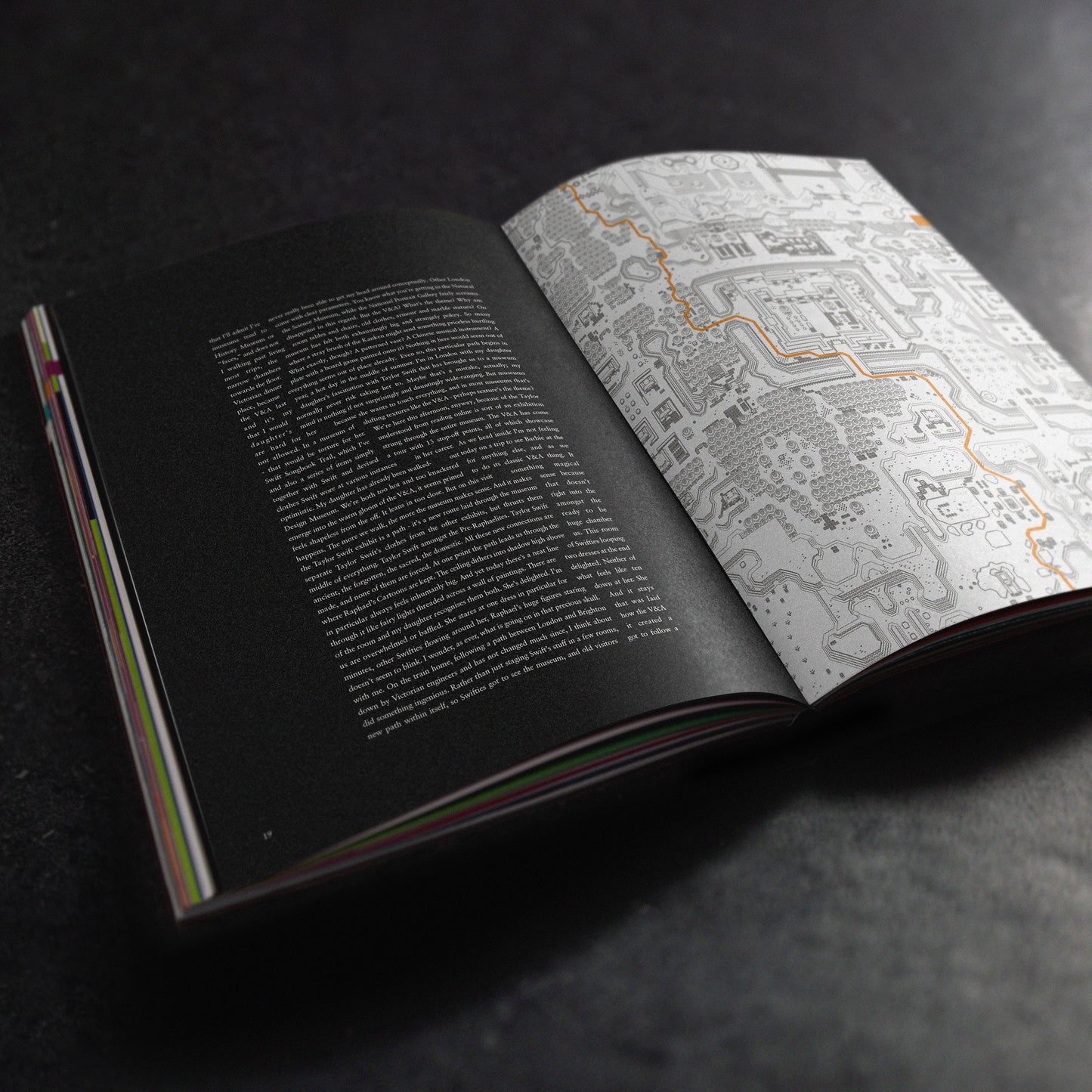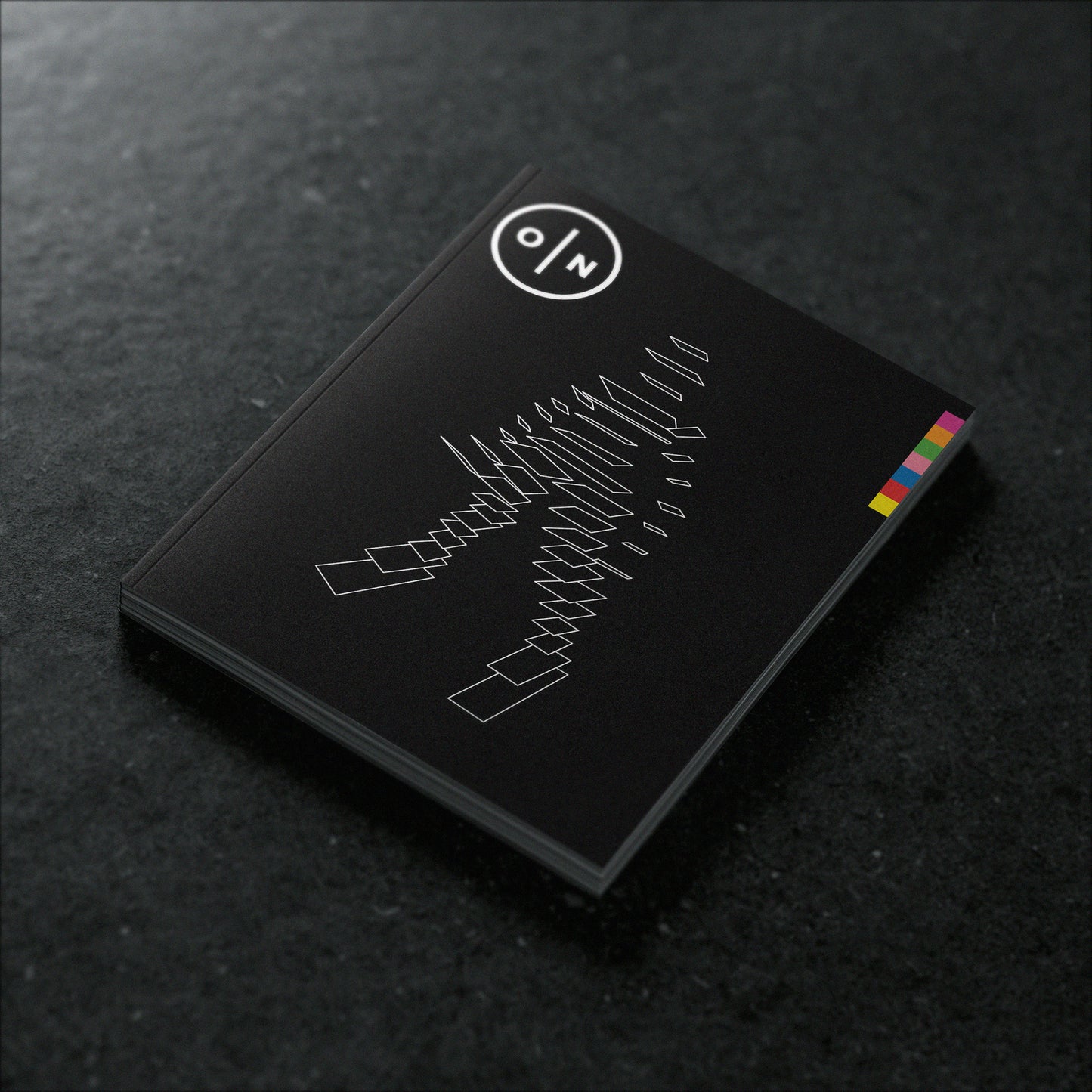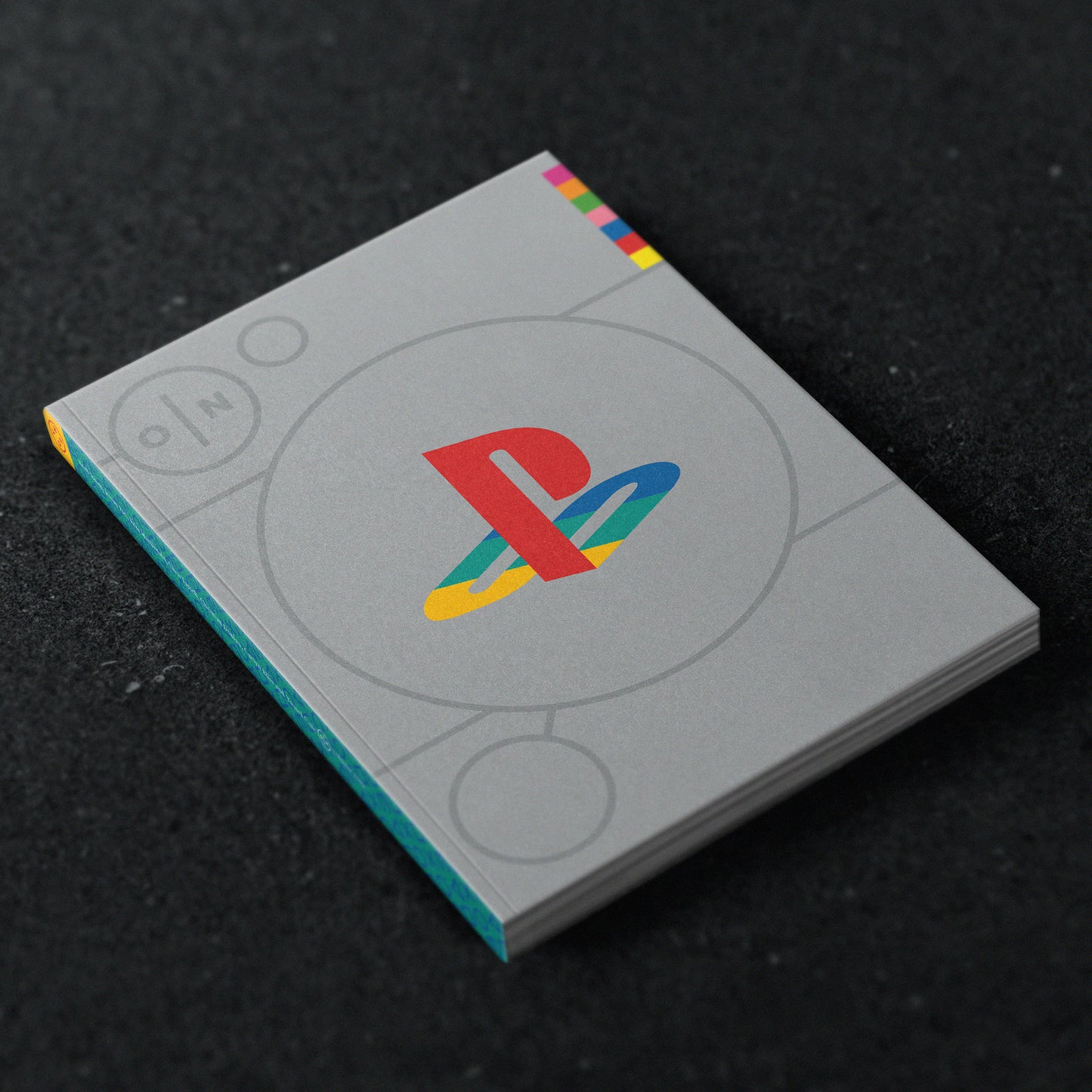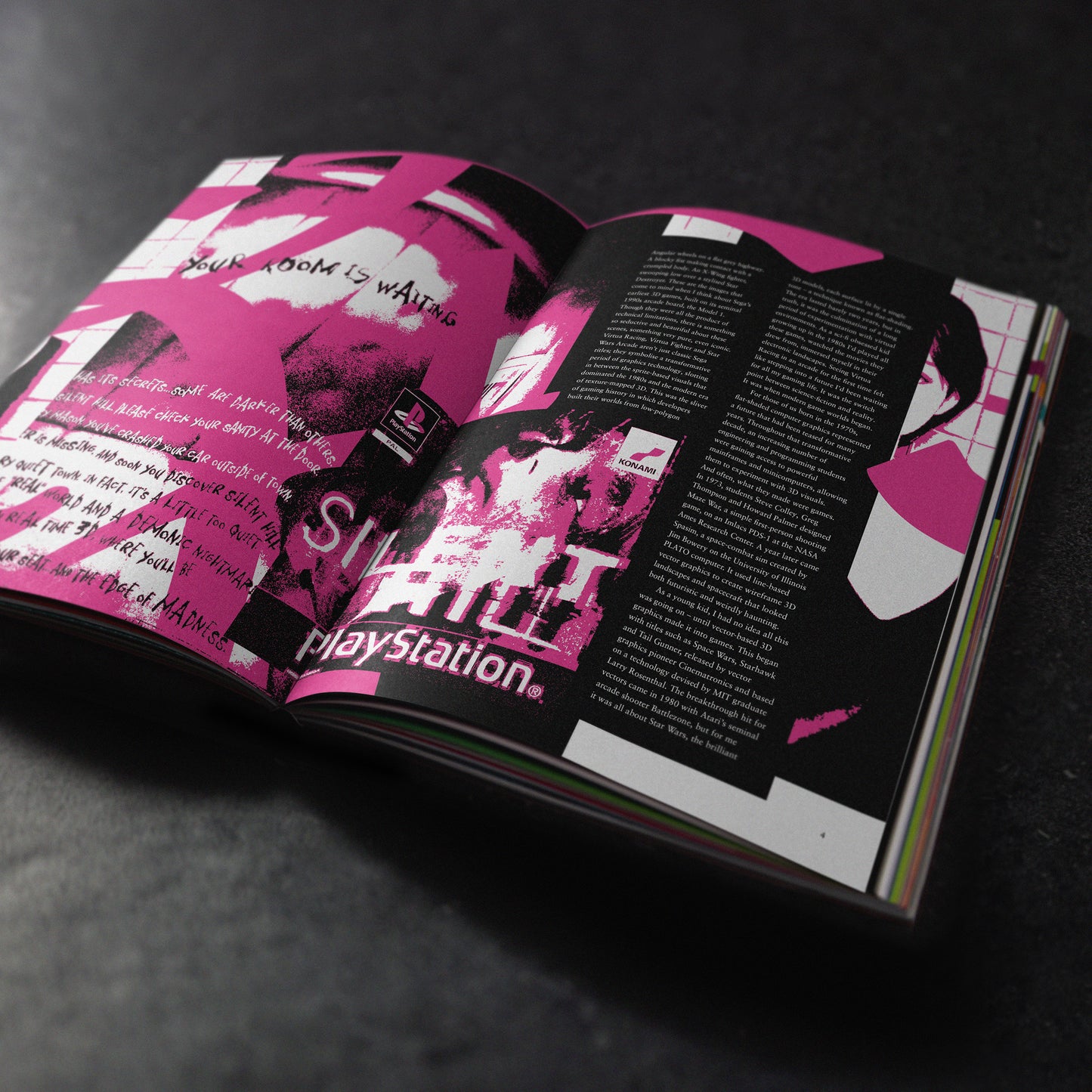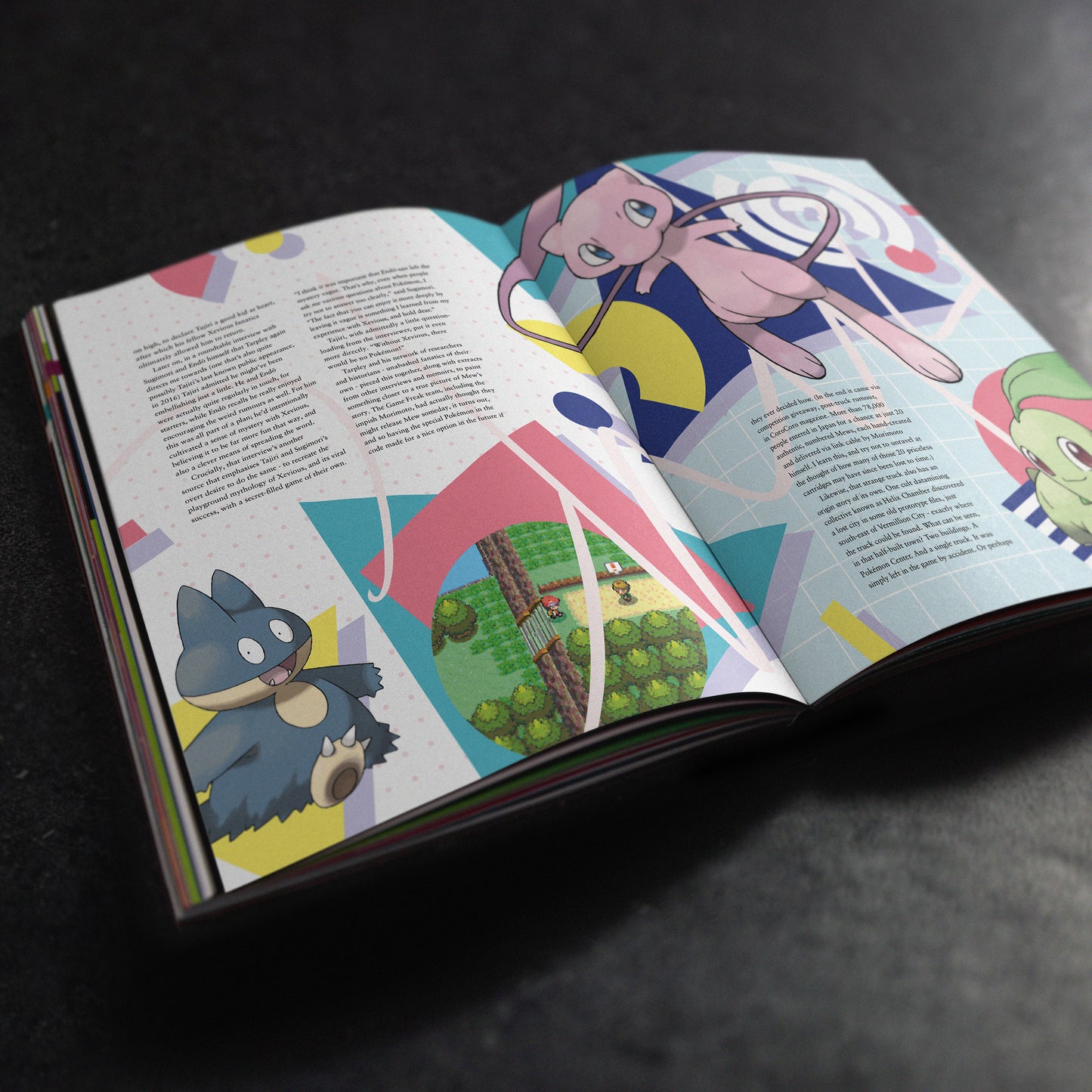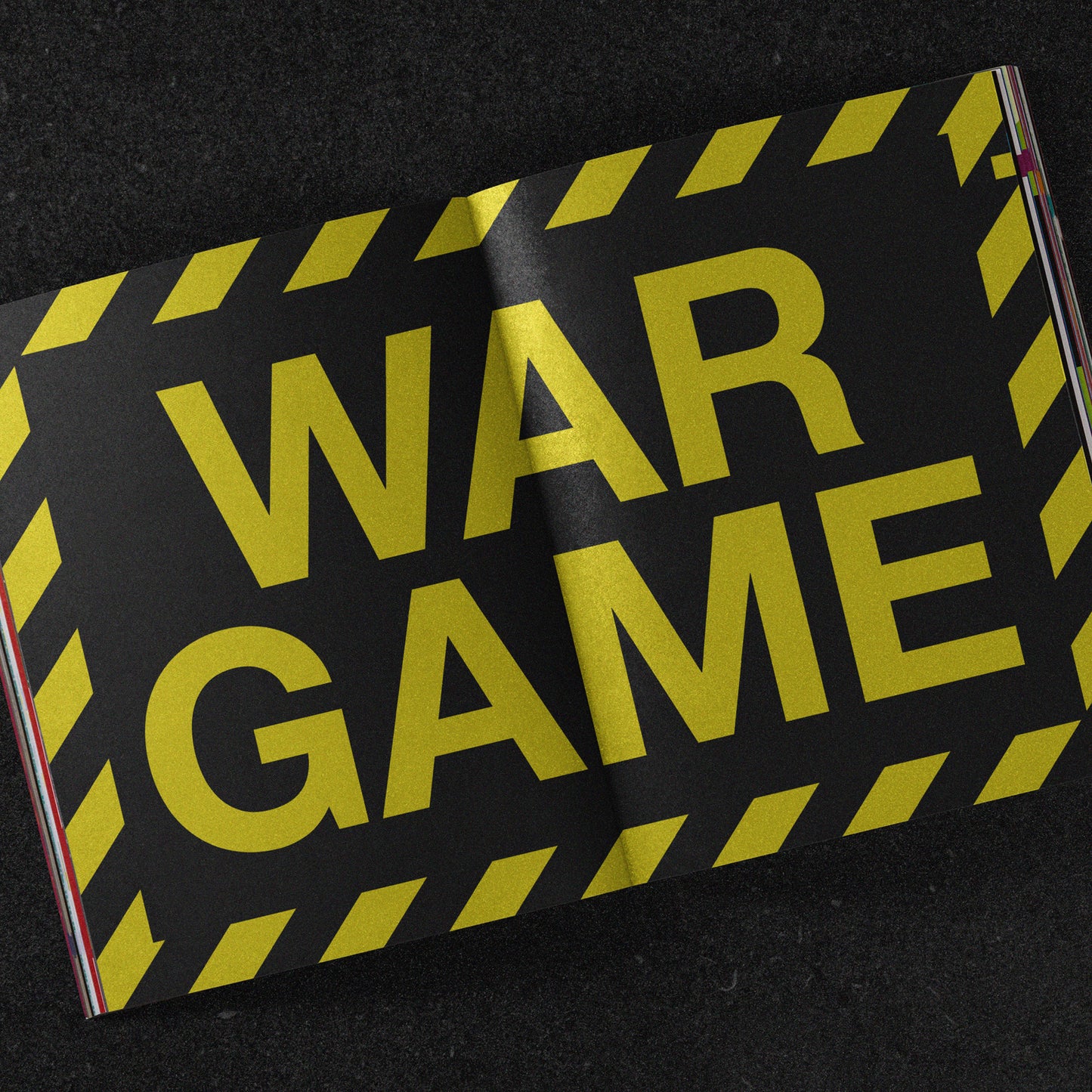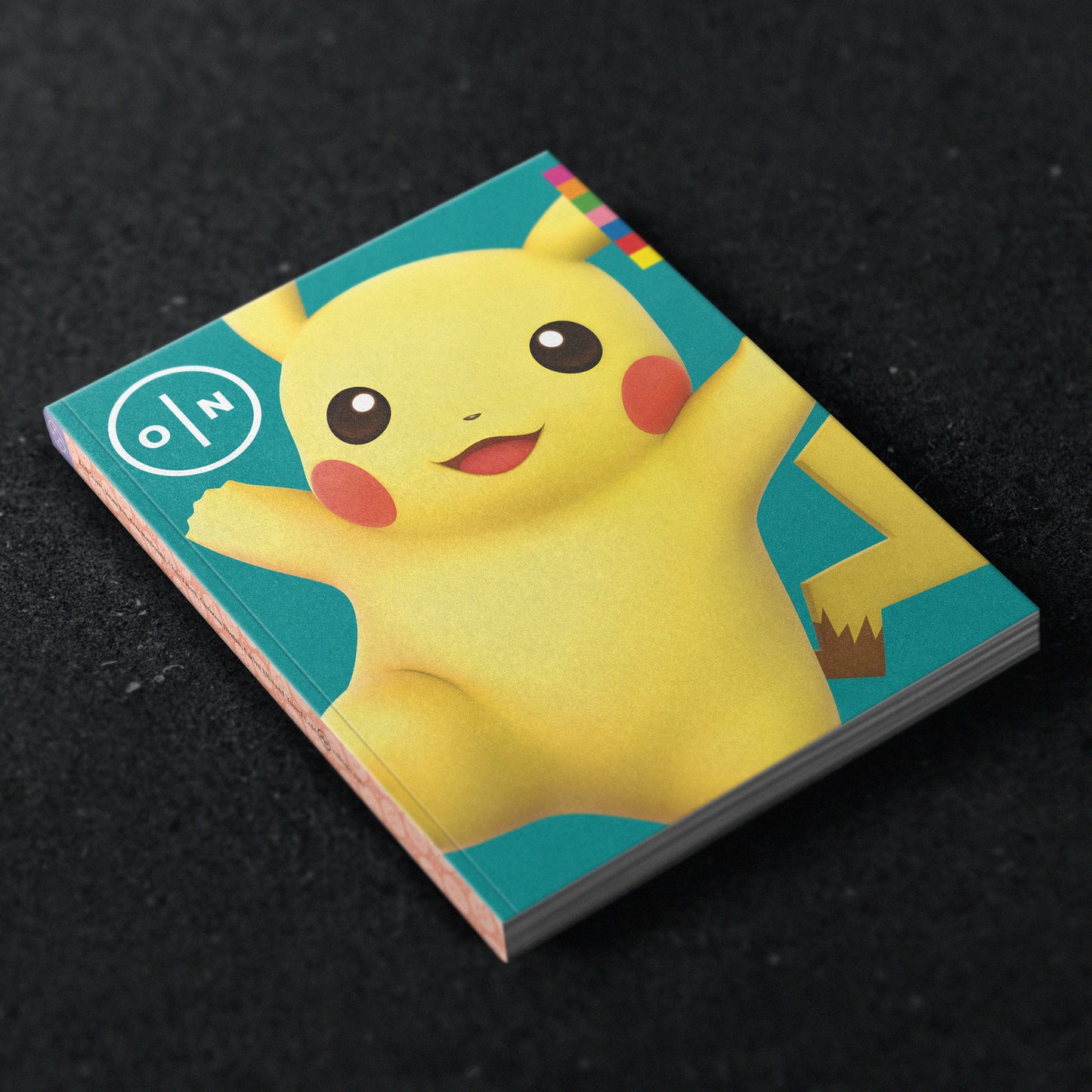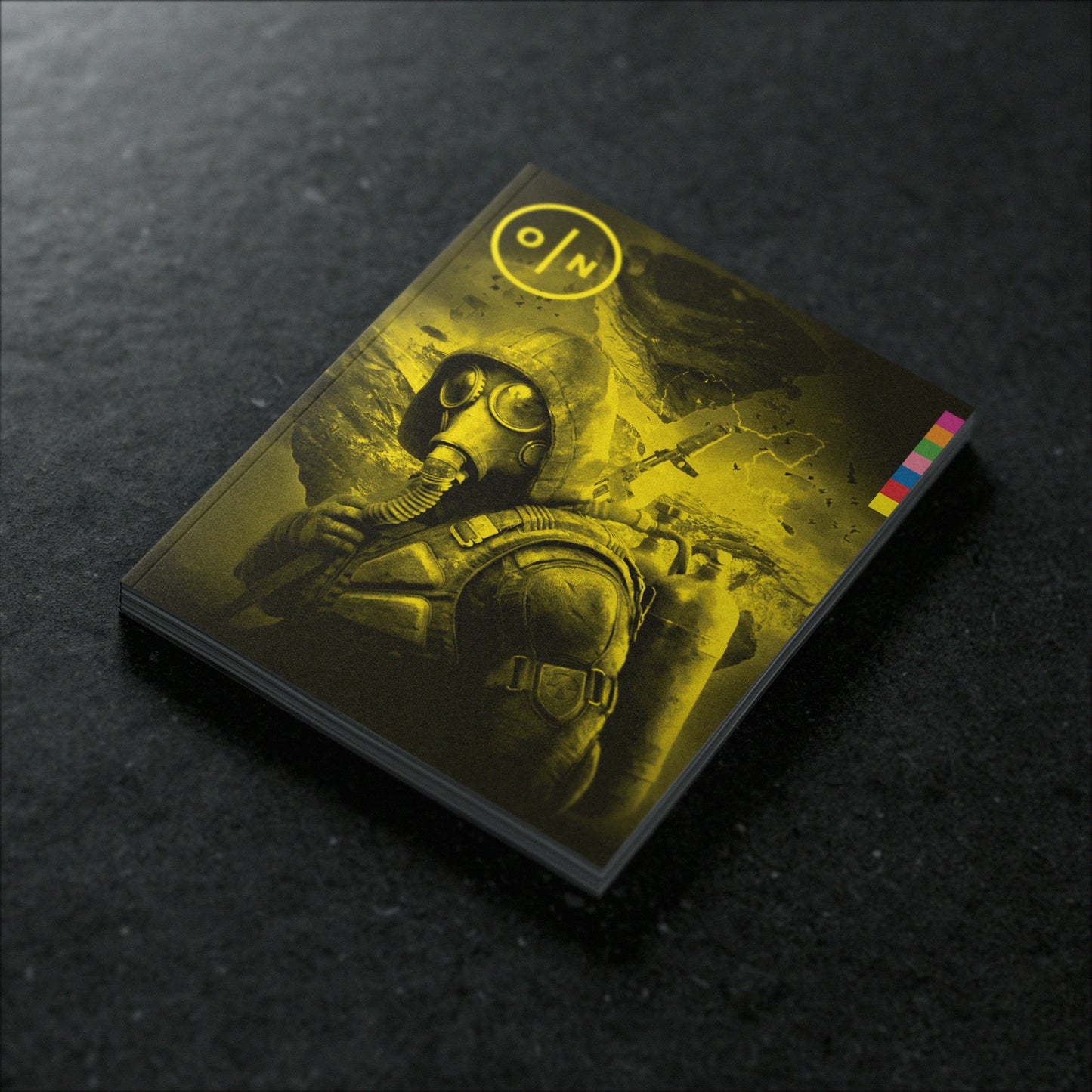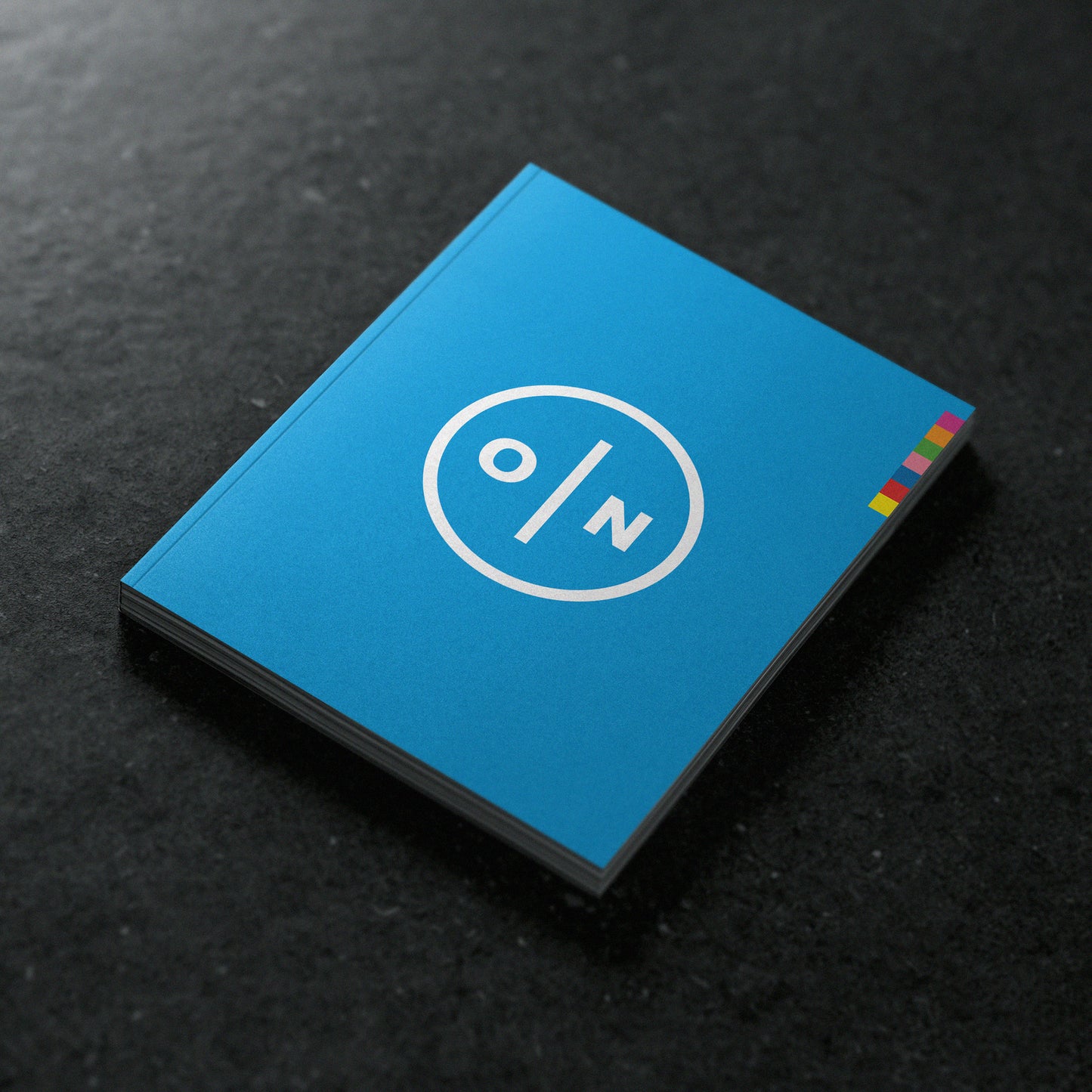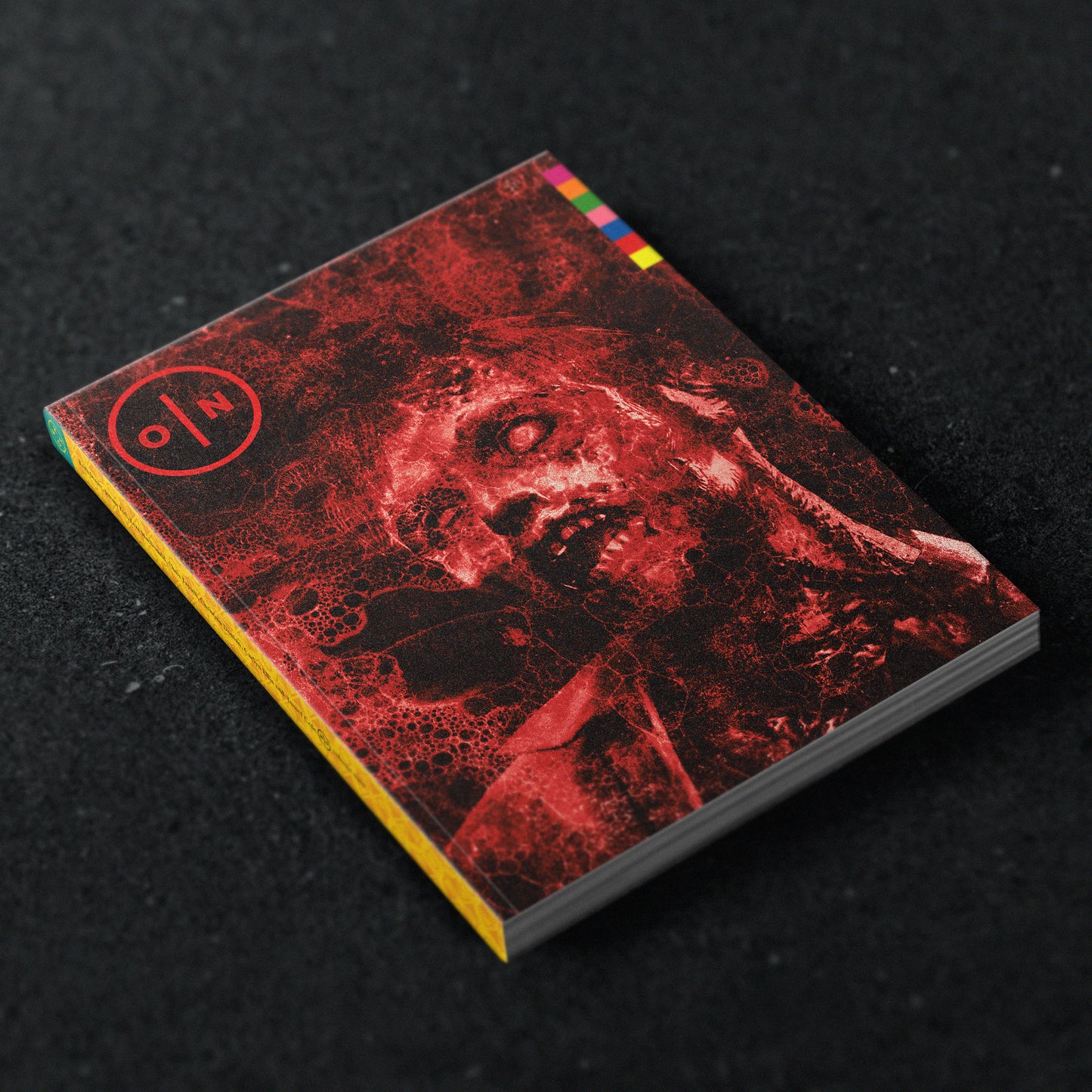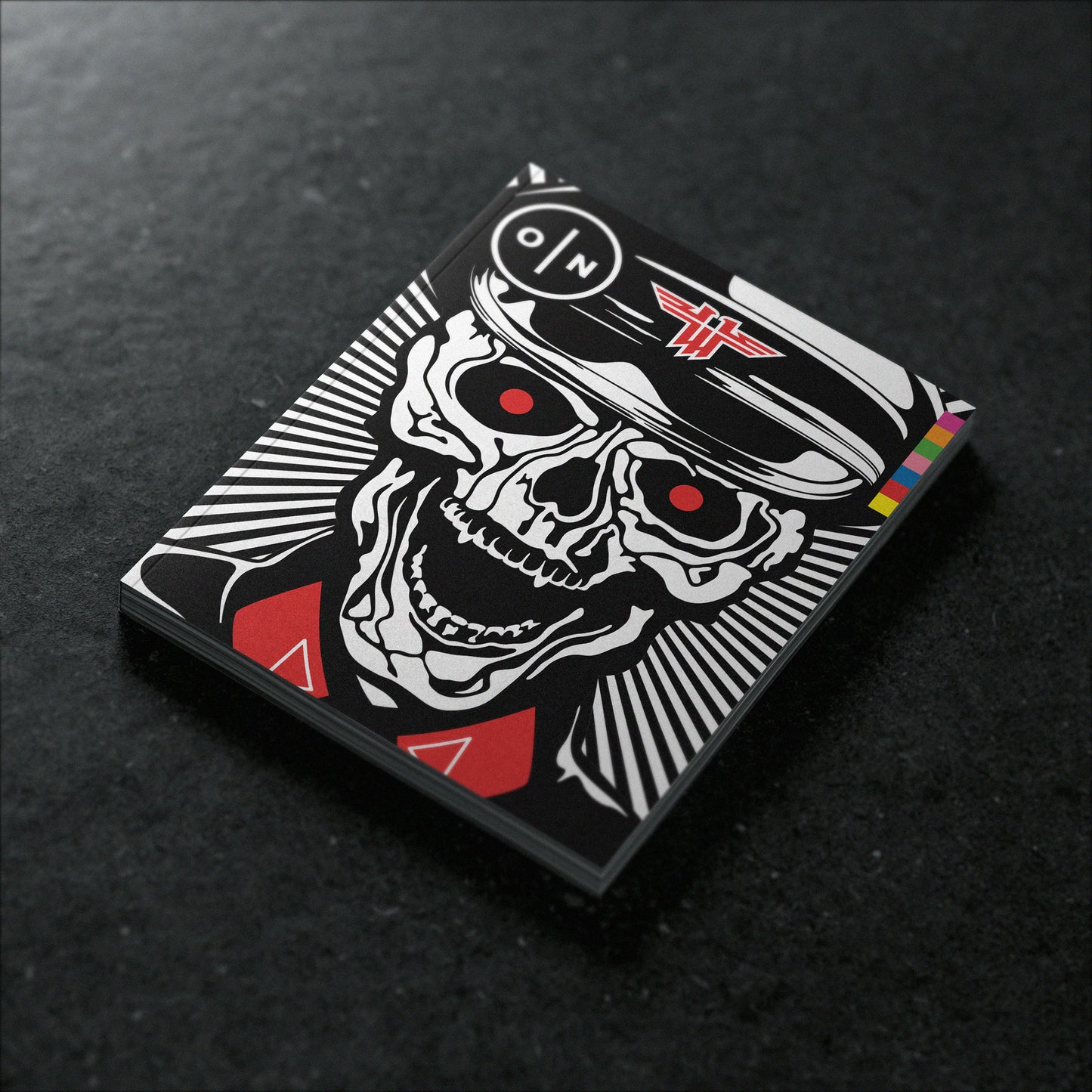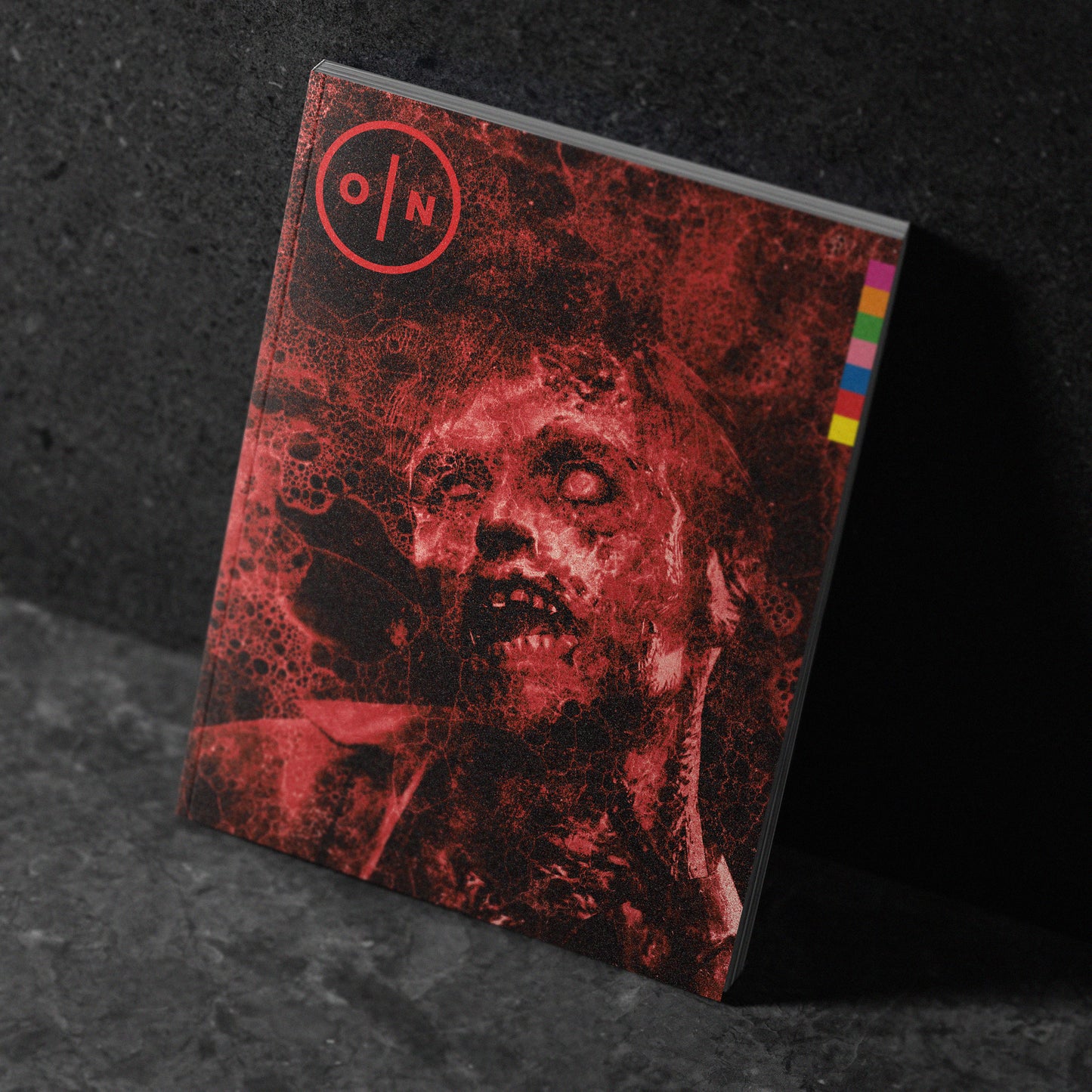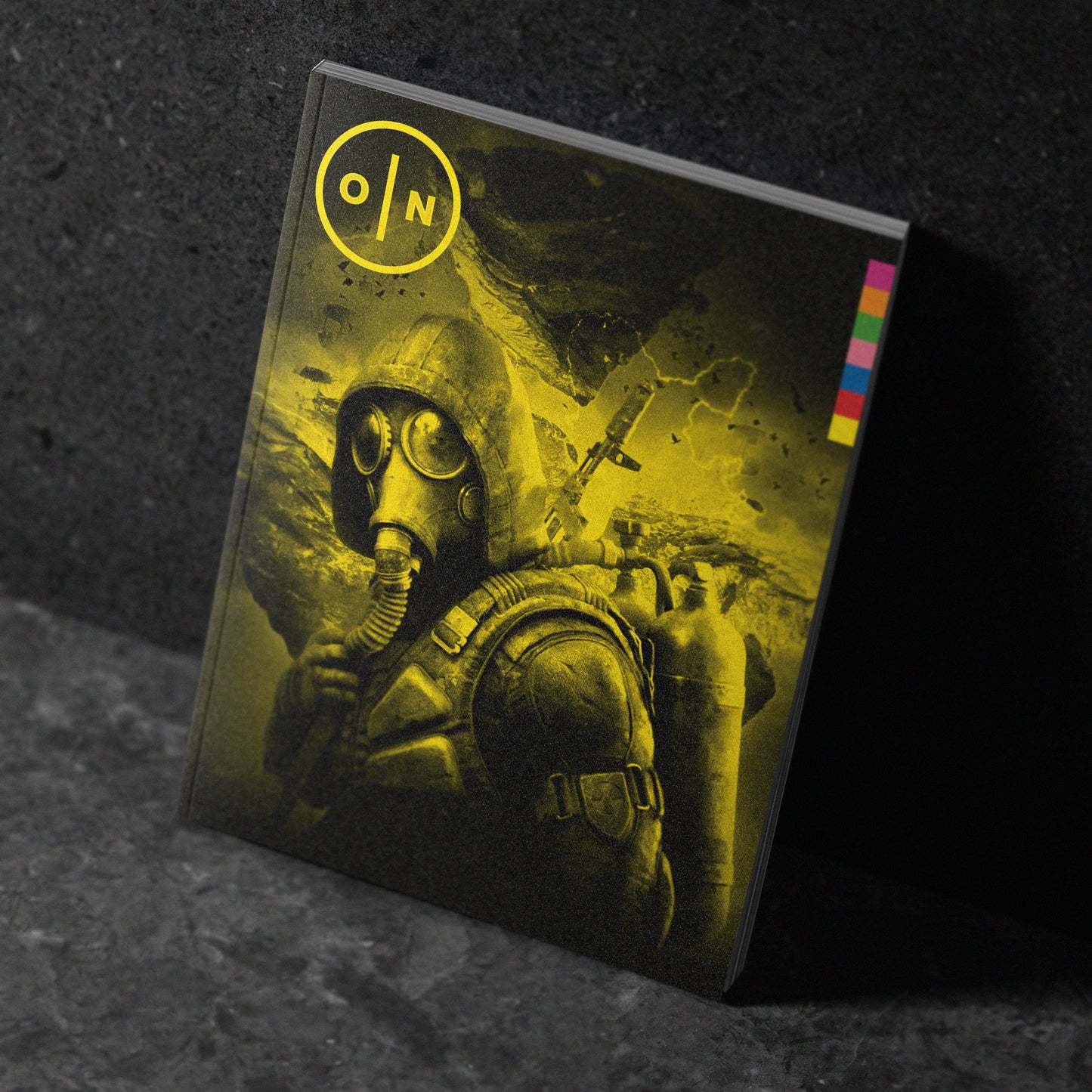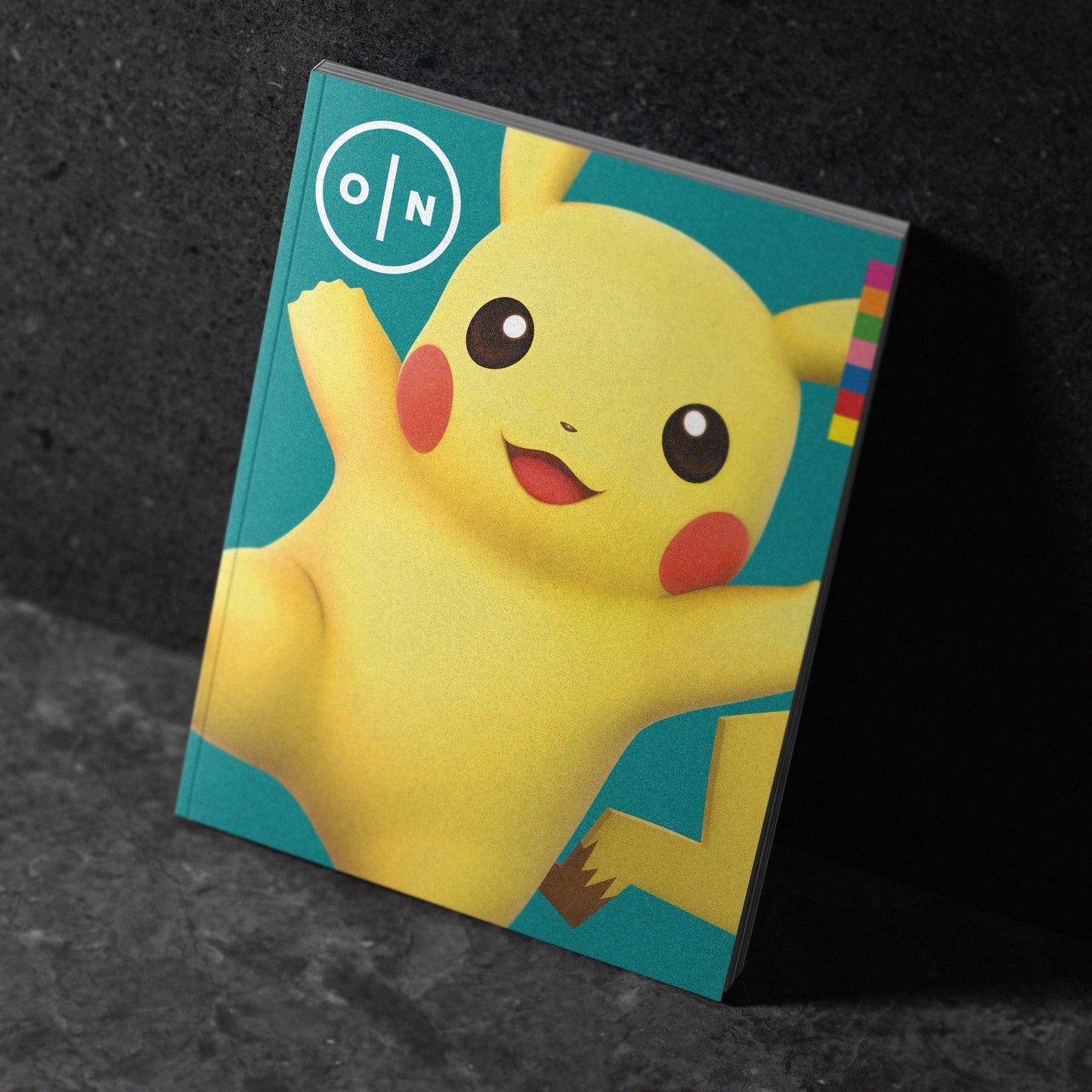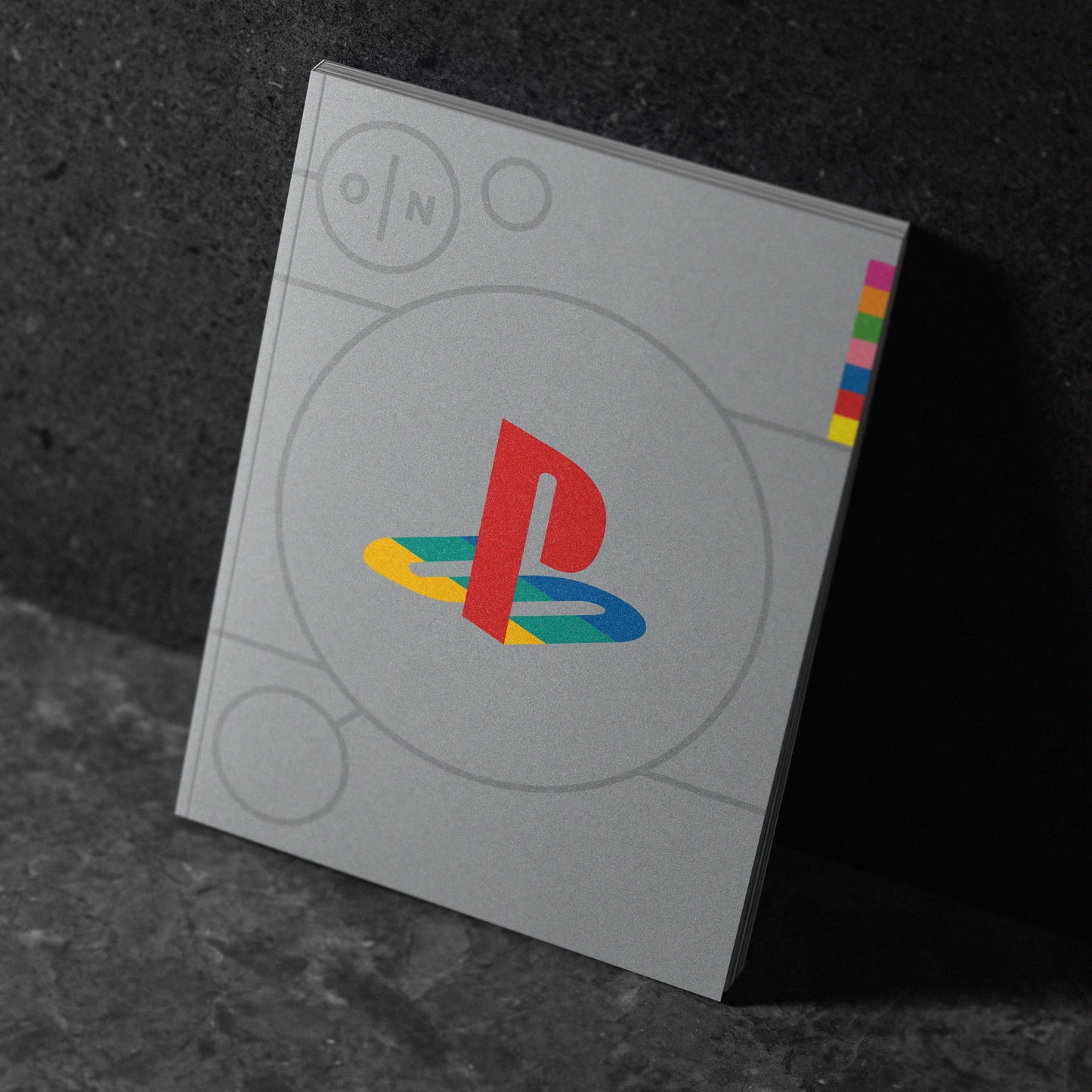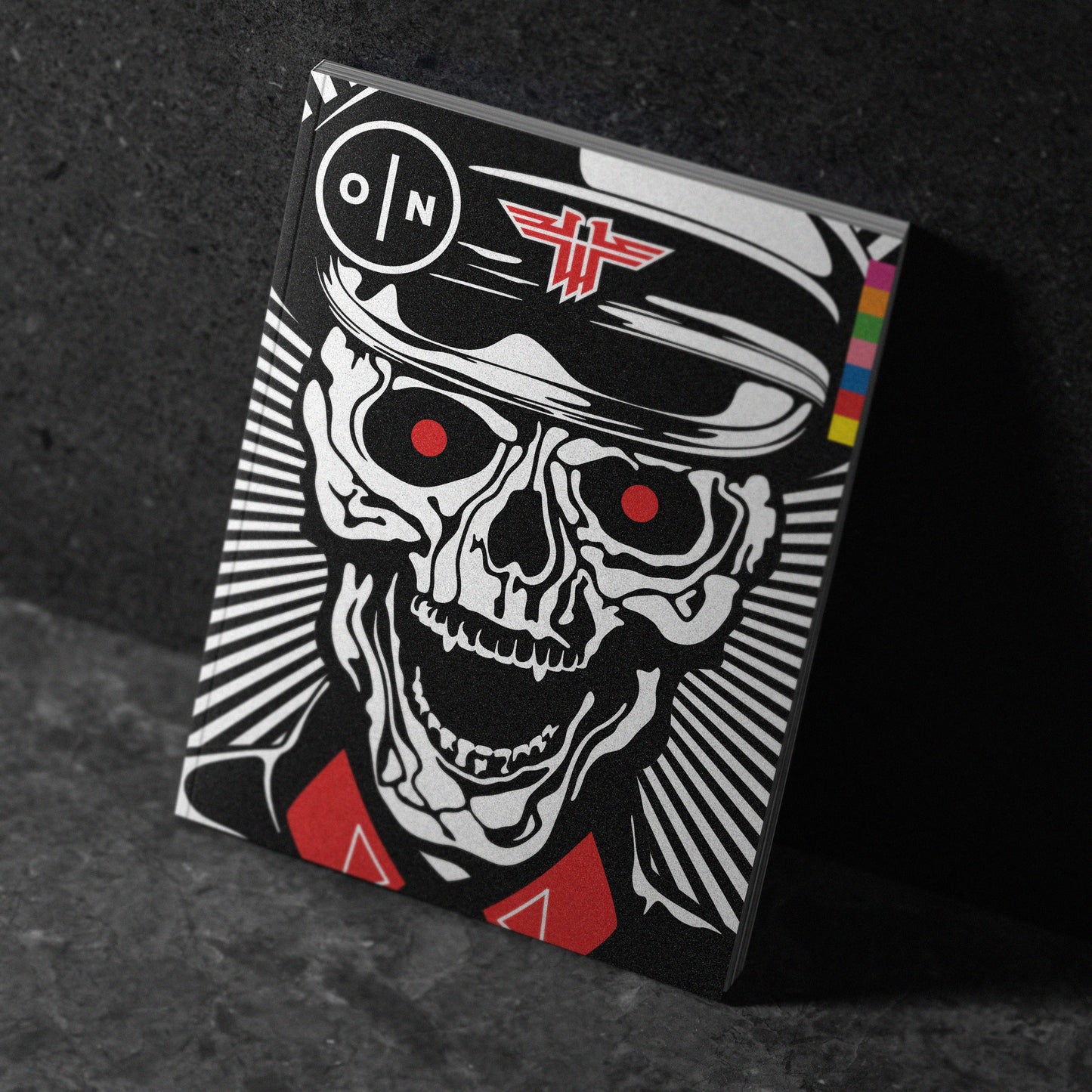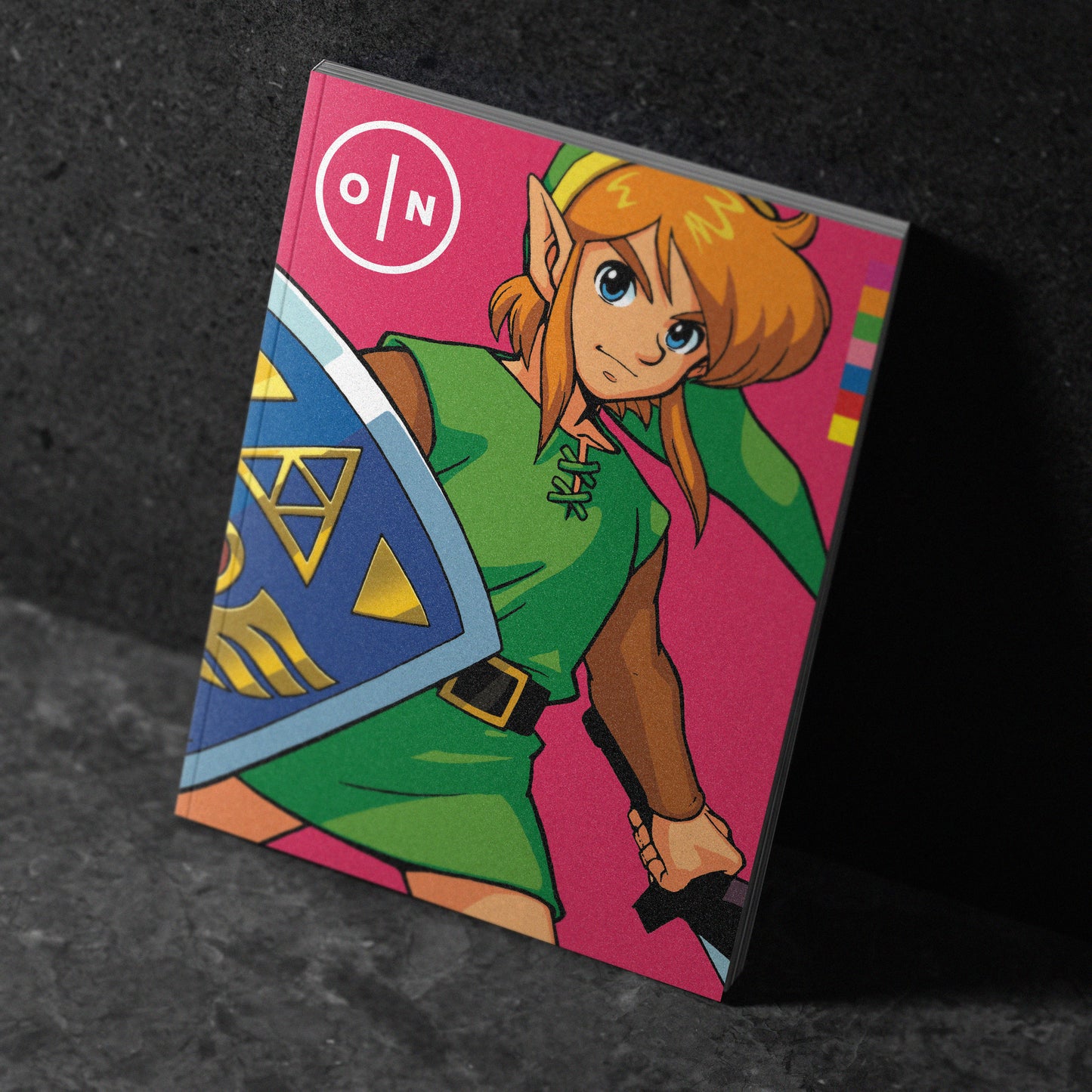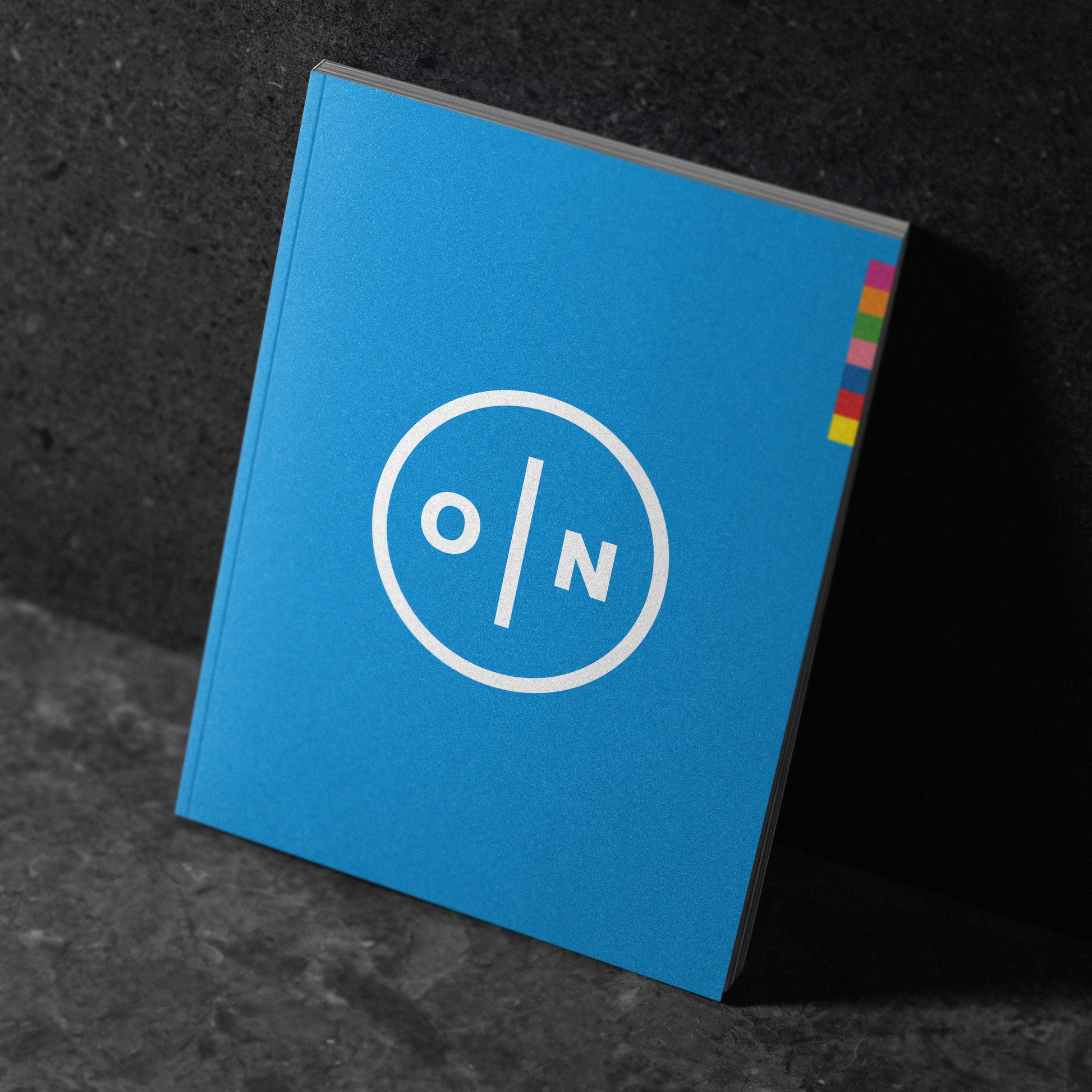Caelyn Ellis ON the Playstation’s 30th anniversary

Interview with Caelyn Ellis
In honour of the PS1's thirtieth birthday, Caelyn Ellis looks back at Sony's first console from a distinctly personal perspective, traveling back to her memories of the mid-1990s and a machine that pulled her away from computers and into the orbit of consoles. In the history books, Sony's classic grey box is known as the console that changed everything, but what did it feel like to yearn for a PS1 and then bring it home and plug it in?
Caelyn Ellis ON the Playstation’s 30th anniversary ON: Volume Two.
Thirty years should be an eternity in videogames, but the PS1 still has an air of excitement to it, an air of potential. Why do you think that is?
Caelyn Ellis: It was just such a wild, experimental period for videogames. The technology opened up loads of new possibilities and developers were still figuring out the solutions to what are now solved problems. It didn’t last all that long – Halo was released in 2001, for example, and from then on first-person shooters were all but locked down. On the PS1, people were just throwing stuff at the wall and seeing what stuck. There were so many games that, good or bad, were like nothing you’d played before.

Why do you think this console out of all of them has become emblematic of consoles and videogames in general for you? What makes it definitive?
Caelyn Ellis: I think it’s something to do with how the PS1 somehow managed to be all things to all people. It caught on with existing gamers, it was a cool lifestyle brand, and it became a mainstream family success. The PS1 version of Who Wants to Be a Millionaire sold over 600,000 copies in the UK. Parents were calling all videogame consoles “PlayStations.” It might be more pronounced for folks like me from the UK and other regions that didn’t have that era of the NES being massively dominant, but it was still unprecedented.
A lot of people are starting to explore the PS1 aesthetic with new games and art pieces today - what do you think it is that defines this art style and makes it so intriguing for people?
Caelyn Ellis: The interesting thing about the PS1 aesthetic being embraced is that it's a reevaluation. For a long time, the conventional wisdom was that 3D games of that generation were ugly. It’s easy to see why, they just don’t have the timeless charm of traditional sprites. Thing is, there is no such thing as a bad art style, it just needs to be utilised well, and people have slowly begun to deliberately use that style of jagged, messy 3D that we associate with the PS1.
It’s really good at being unsettling and a little bit alien, so it’s perfect for horror and the like. Horror often relies on your imagination doing a lot of the heavy lifting, like how movie monsters are rarely as scary once you get a good look at them, or pictures of Lovecraft’s creations never live up to the descriptions in the prose. The PS1 style is really good for implying detail and leaving the rest up to the player.

You talk about a lot of classics in the piece, but could you call out a few deep cut games that people may not have heard of and should maybe track down?
Caelyn Ellis: I don’t know how deep these cuts are, but I can suggest a few! My favourite PS1 game that I didn’t mention was Bushido Blade. It’s a fighting game with melee weapons and its unique selling point is that there are no health bars. Instead, the characters take damage on various parts of their bodies as they get hit, and their clothes get torn and bloodstained in the process. With a good strike to the head or torso, it’s entirely possible to take out your opponent in one hit. Conversely, a lot of bouts will end up with both characters rolling around on the floor with one barely-functional arm each, trying to get a decisive blow in. There was a sequel, then a spiritual successor in the form of the Kengo series, but nothing hit quite like the original.
King’s Field-likes are enjoying a bit of an indie resurgence right now and the original is a really interesting game. I didn’t play it at the time, but there’s a fan translation for the original version that was only released in Japan, so it’s not too hard to get into. It’s fascinating how much of the Souls DNA is already present in From’s very first game. There are even proto-poison swamps, years before Hidetaka Miyazaki joined the company!
If you’re interested in how games have evolved, I’d recommend checking out any third-person 3D action-adventure type games from that era. Whether it’s a big title like Tomb Raider, or something more niche like Fade to Black, I think it’s fascinating seeing developers getting to grips with moving humanoid characters around in 3D spaces, especially for anything that predates the DualShock. Not that they’re necessarily fun to play now, and plenty weren’t back then!
Finally, did you ever have the thing where your PS1 laser would only read discs if it was upside down?
Caelyn Ellis: Yes! I hadn’t thought about that for ages! After a few years it got really temperamental and the upside-down method helped. I seem to recall getting the laser replaced in the end.
Read the full feature in ON: Volume Two:
ON: Volume Two
